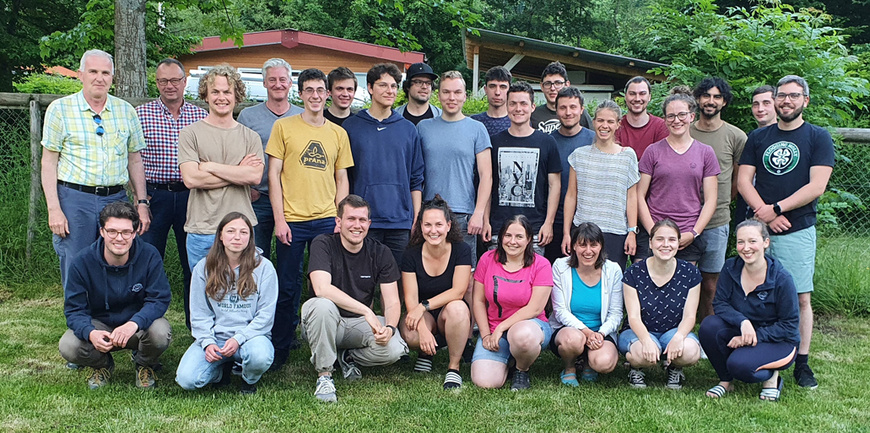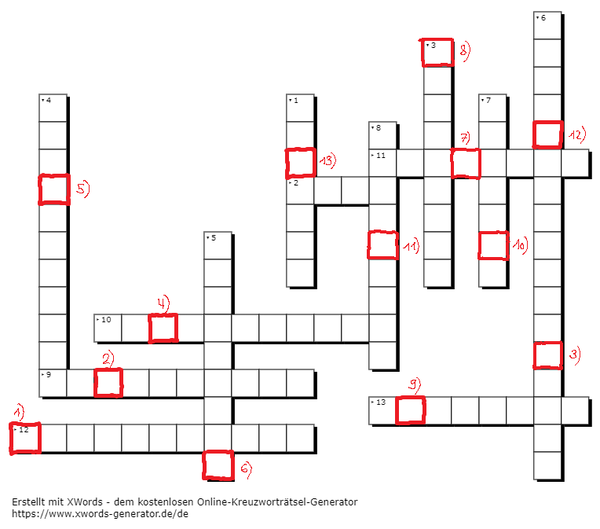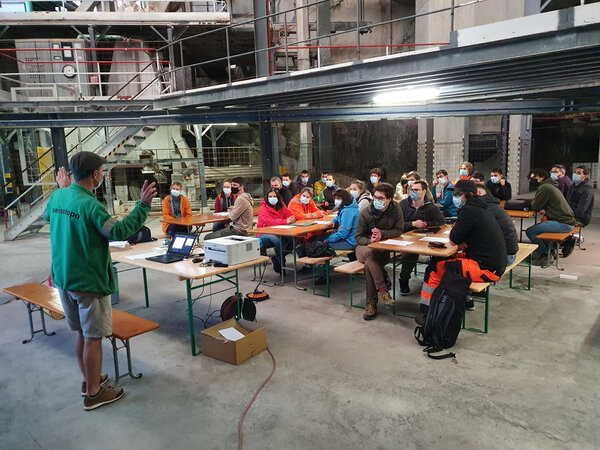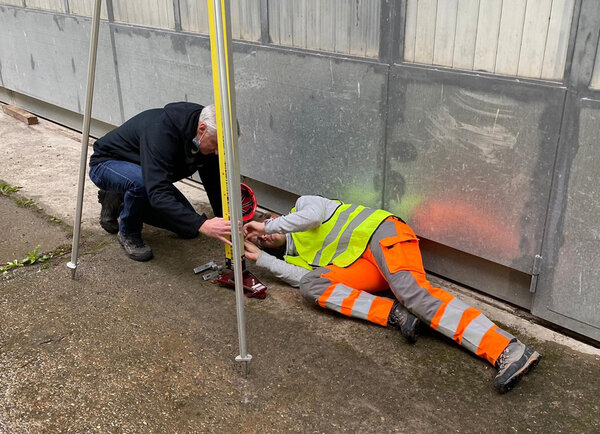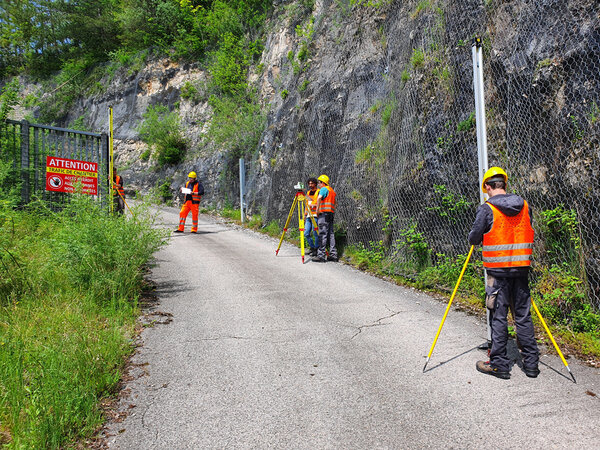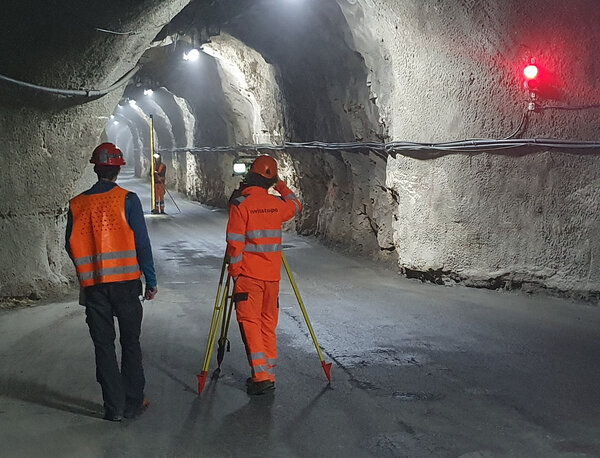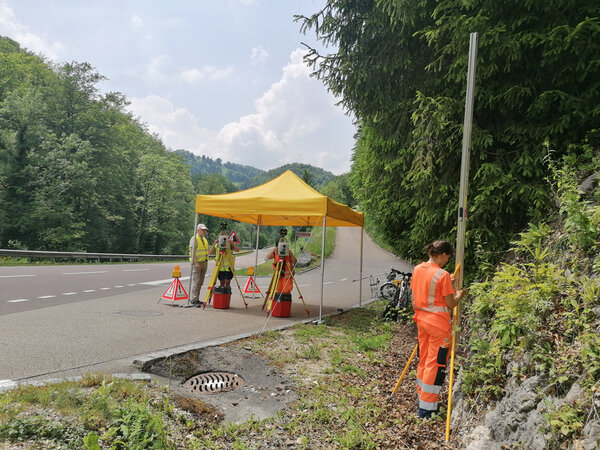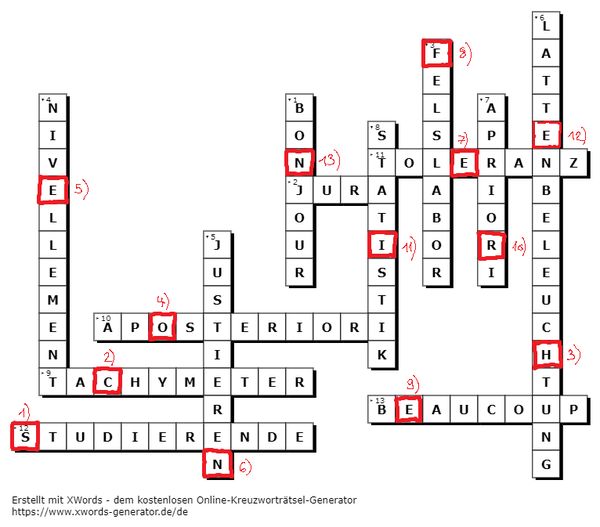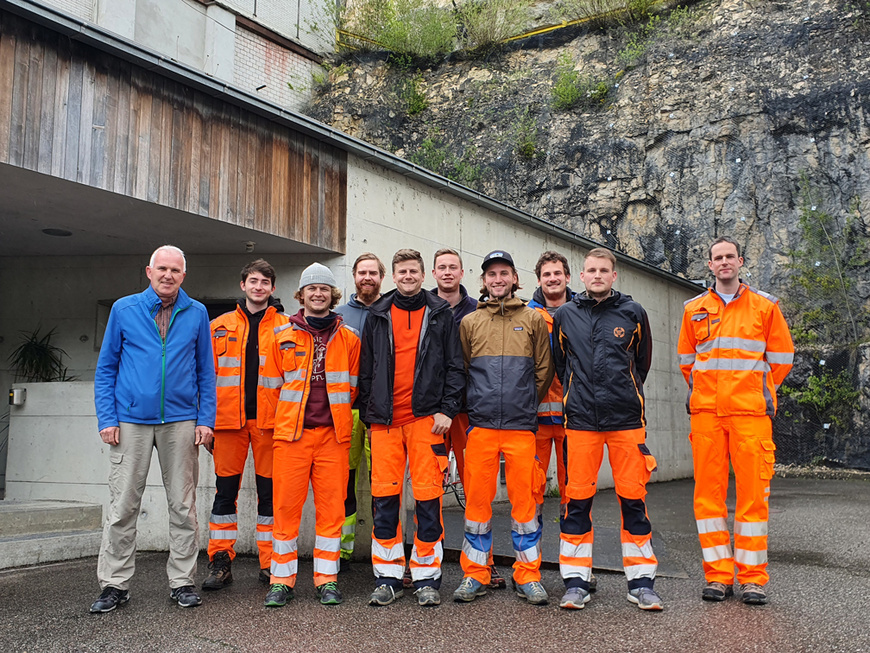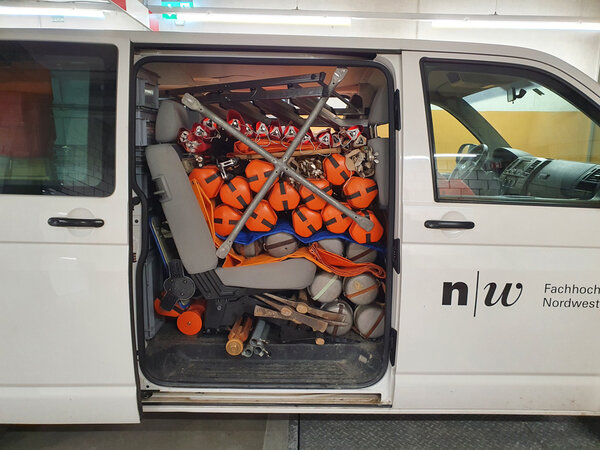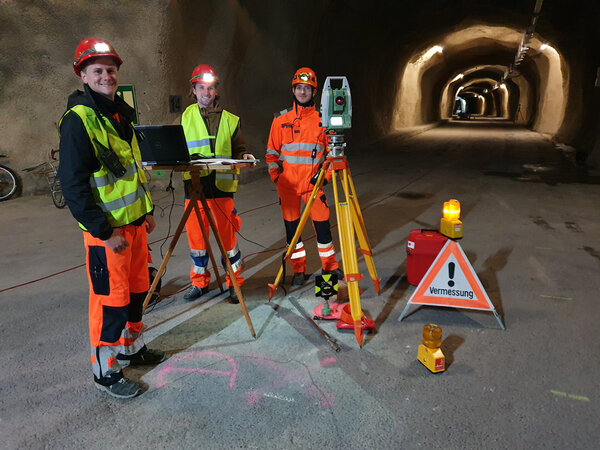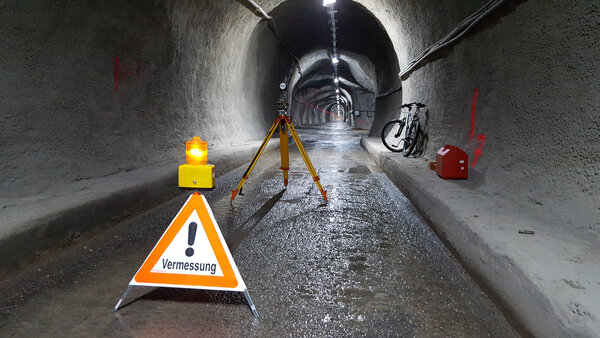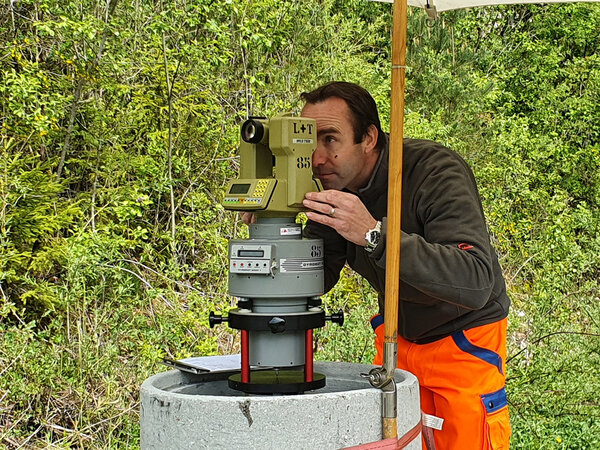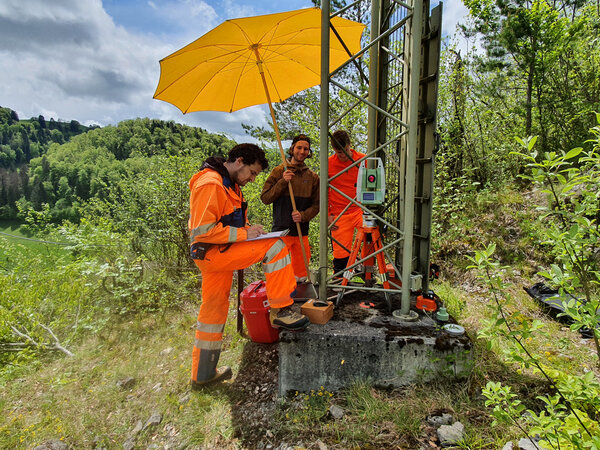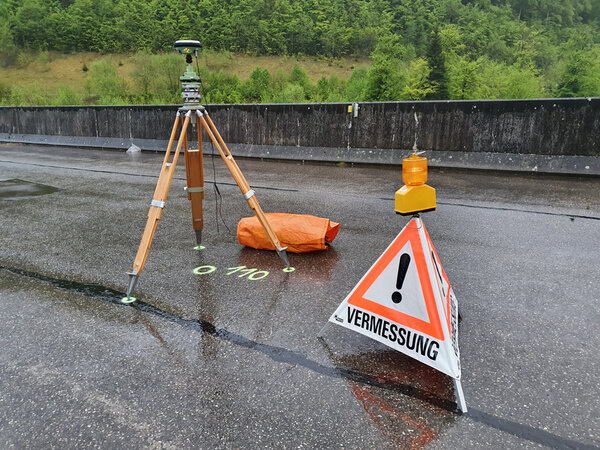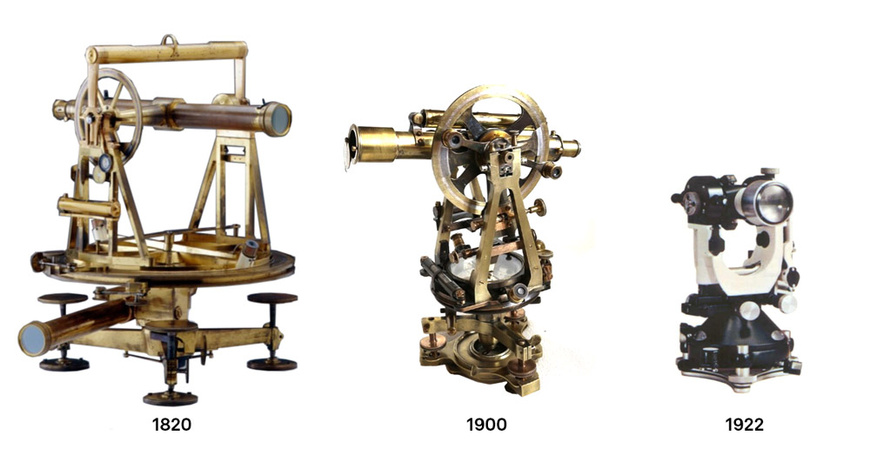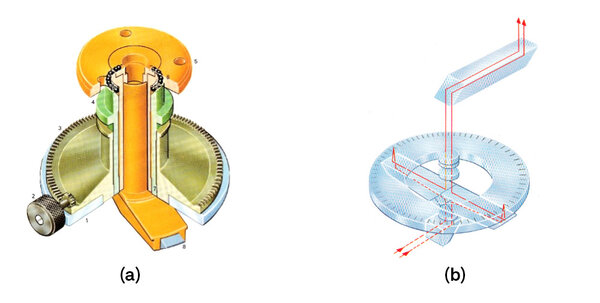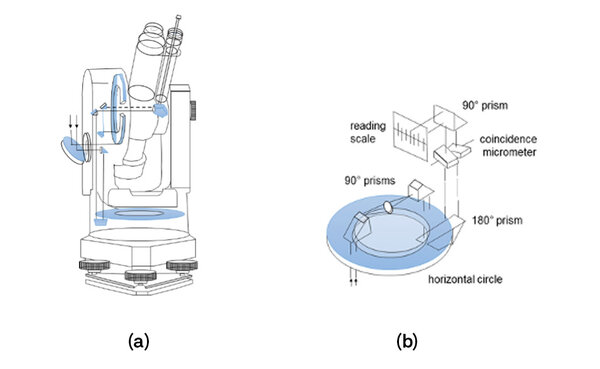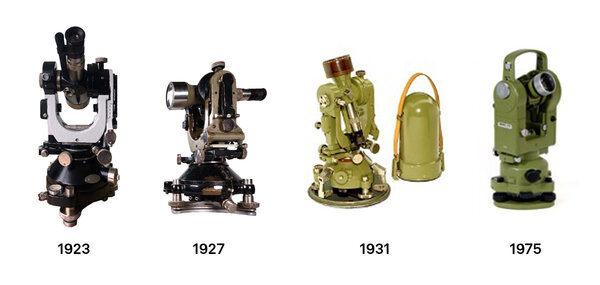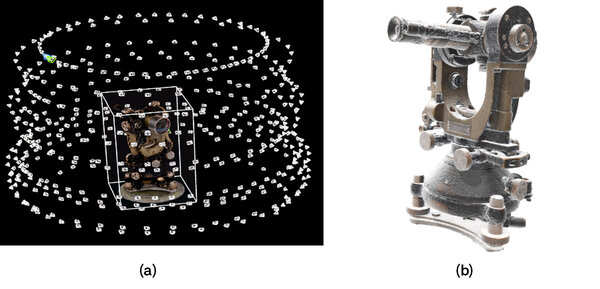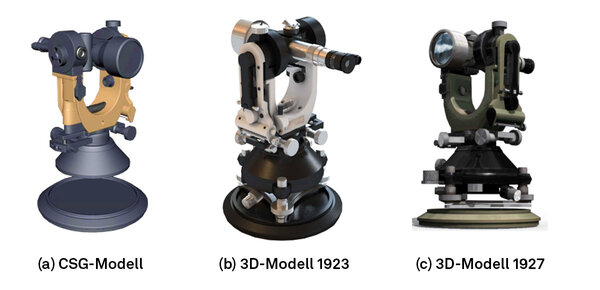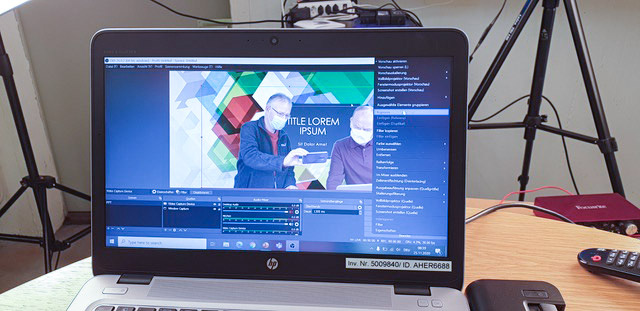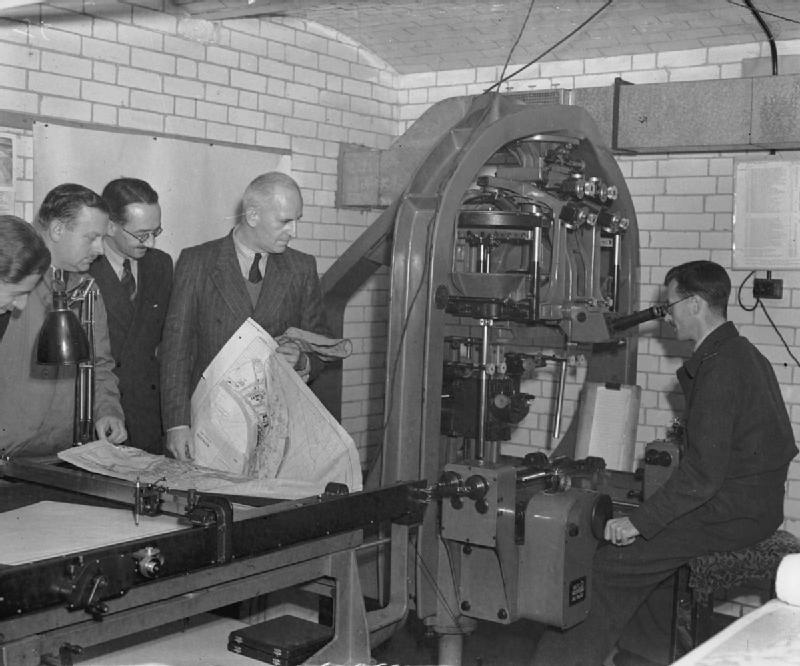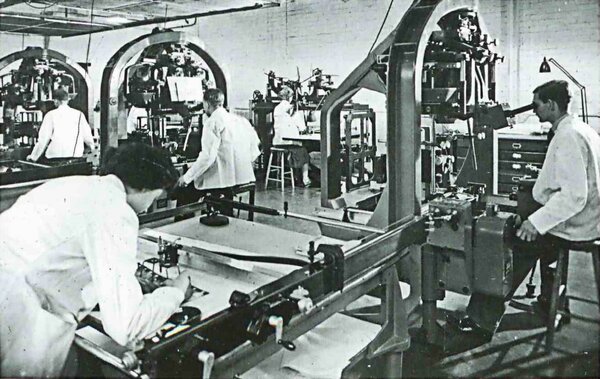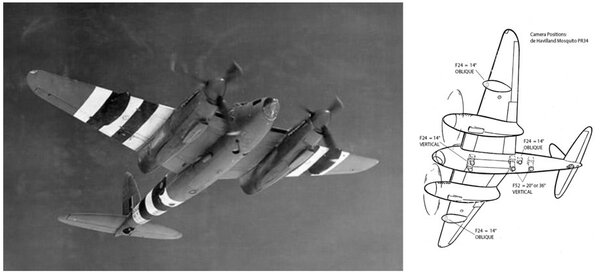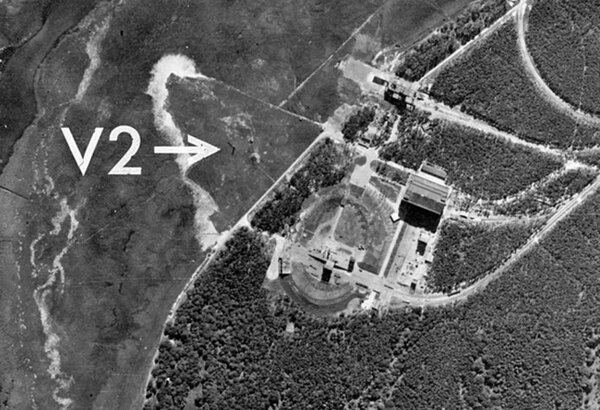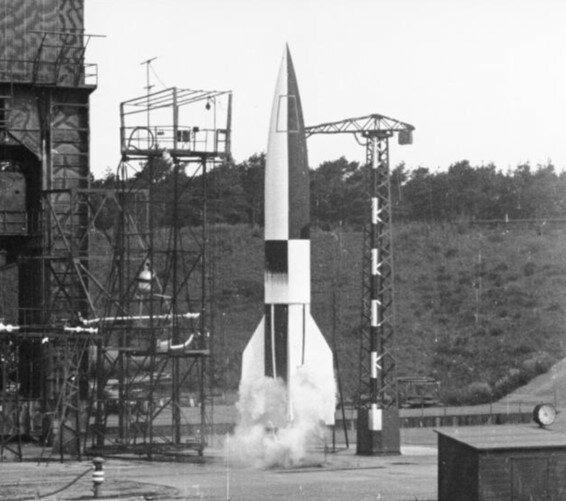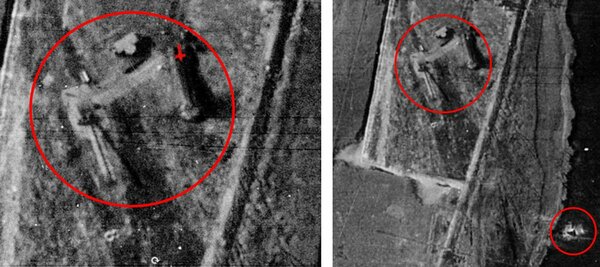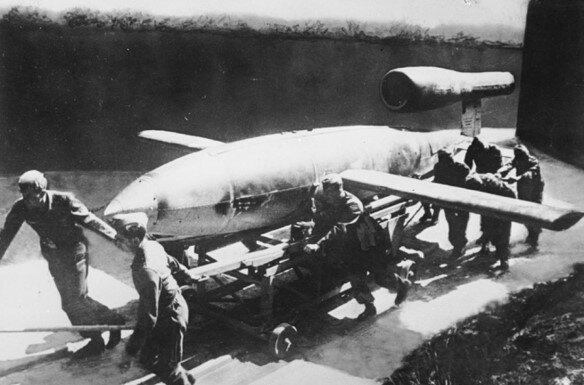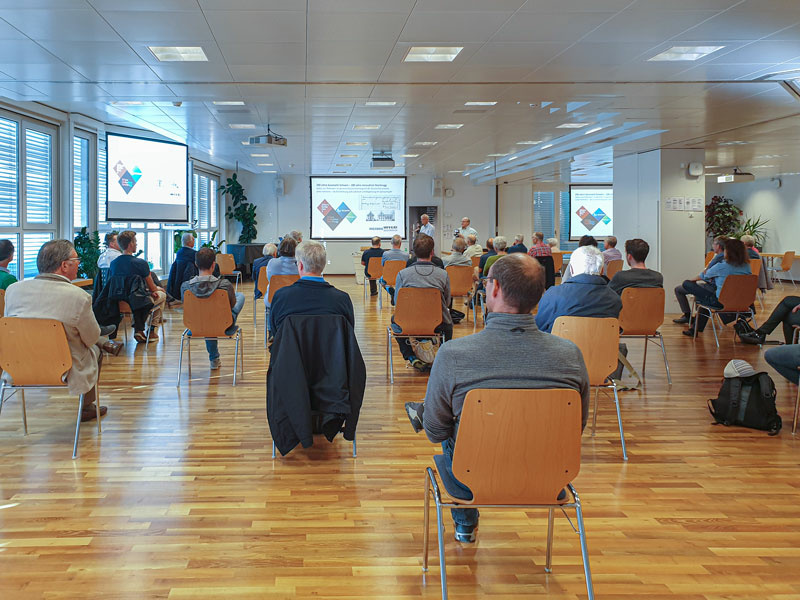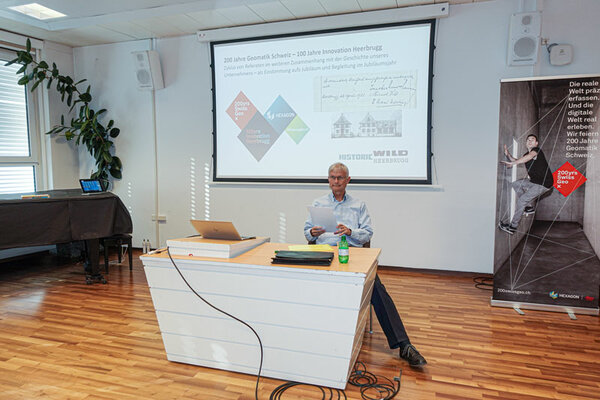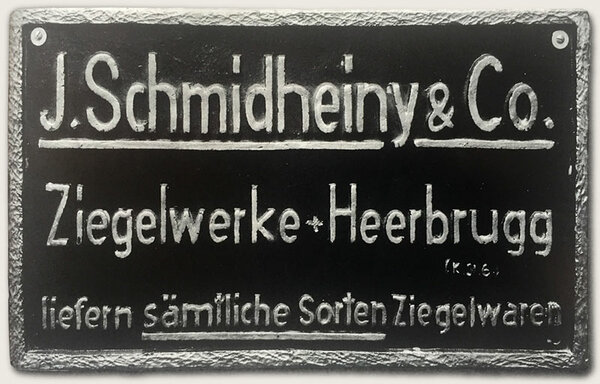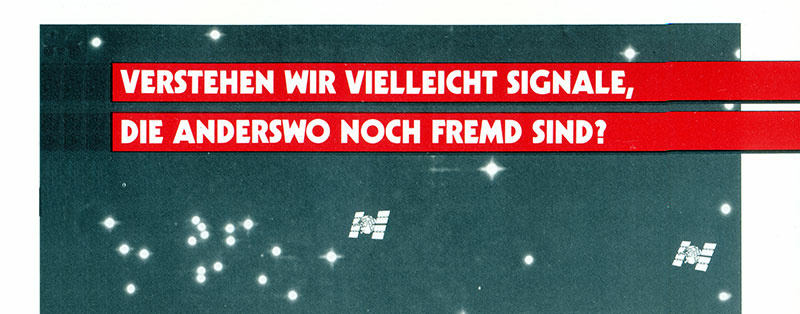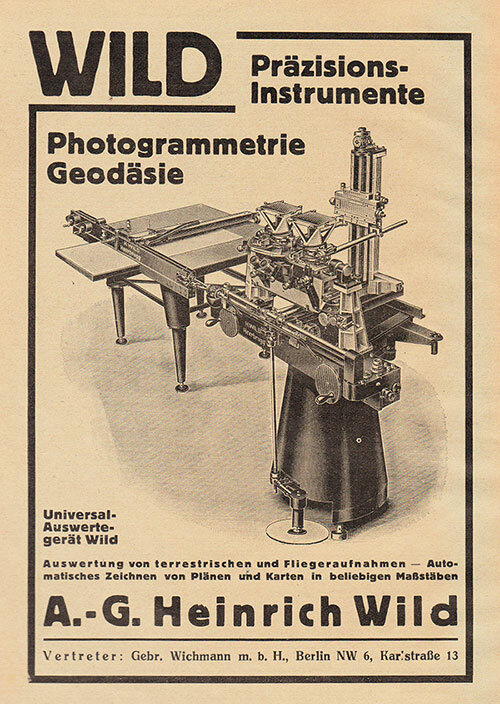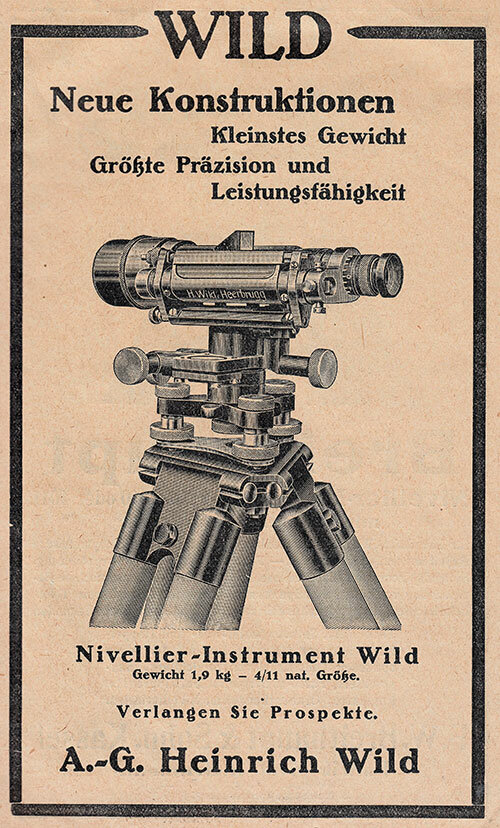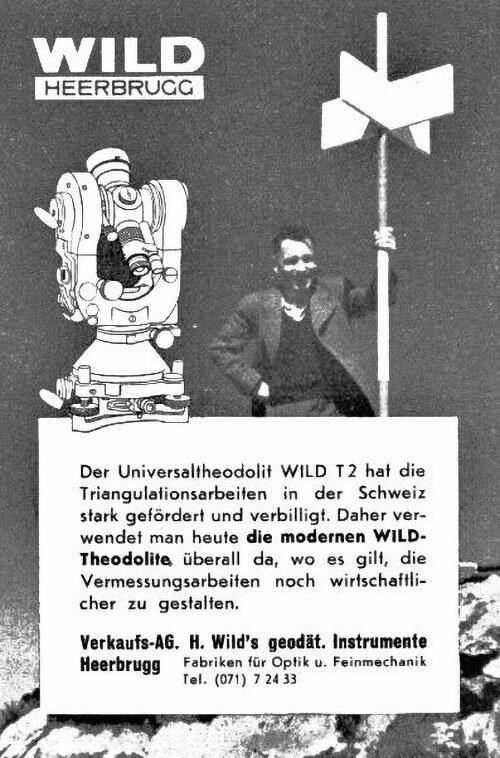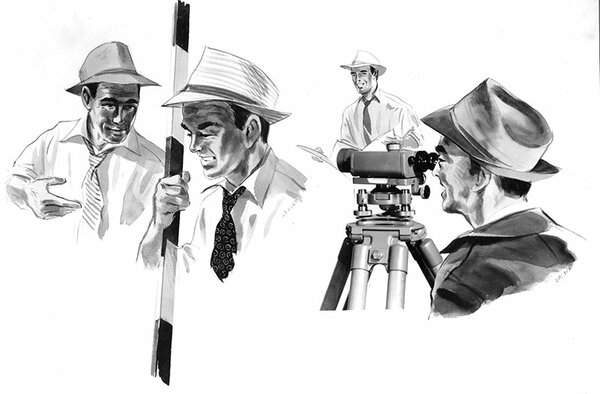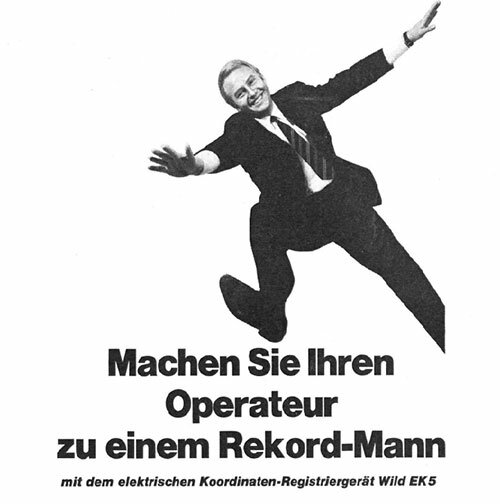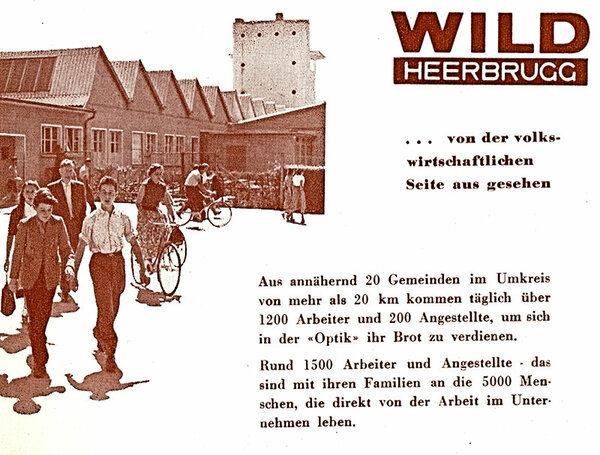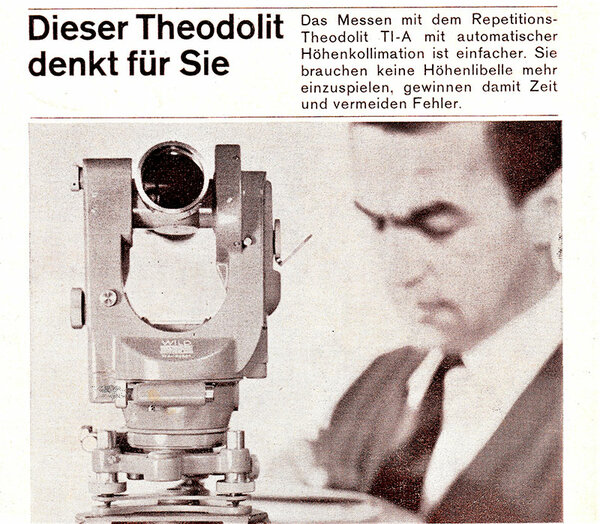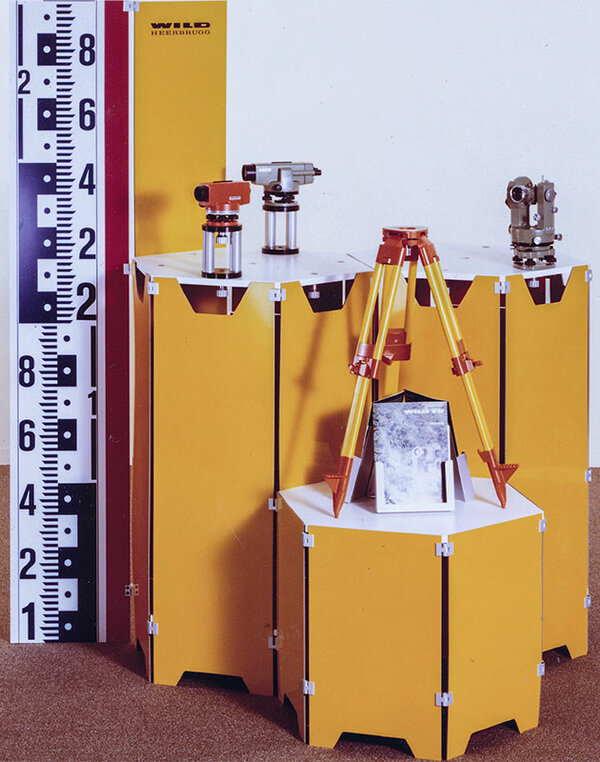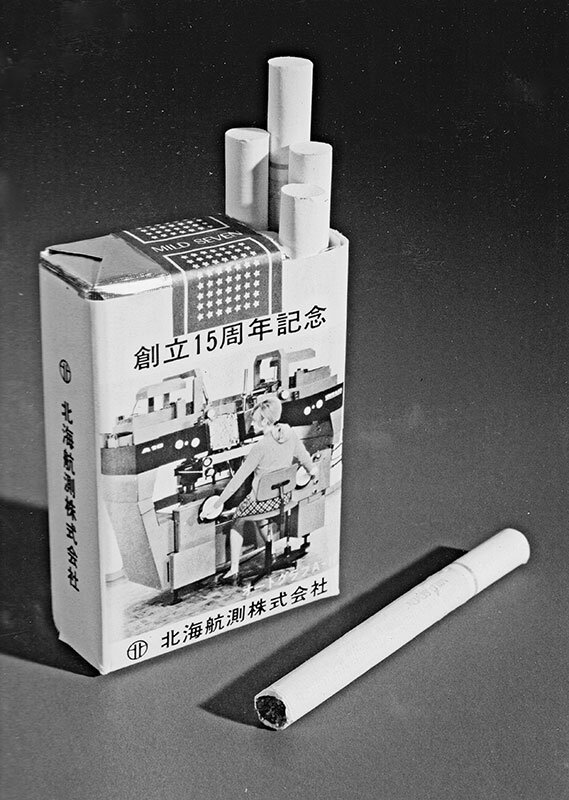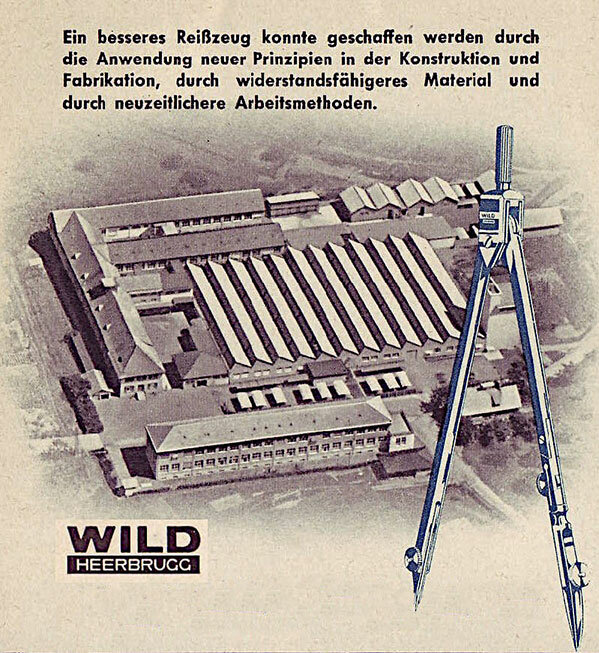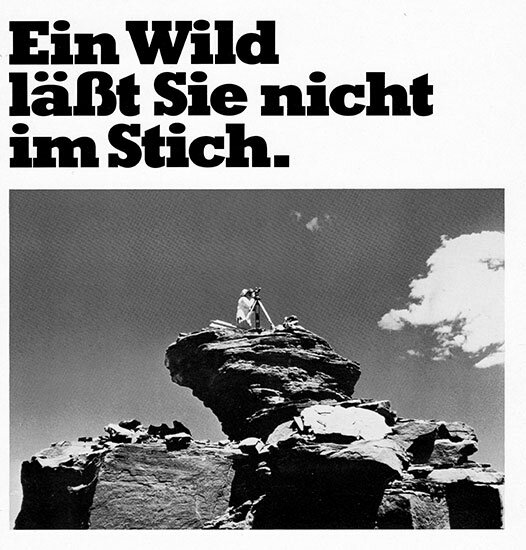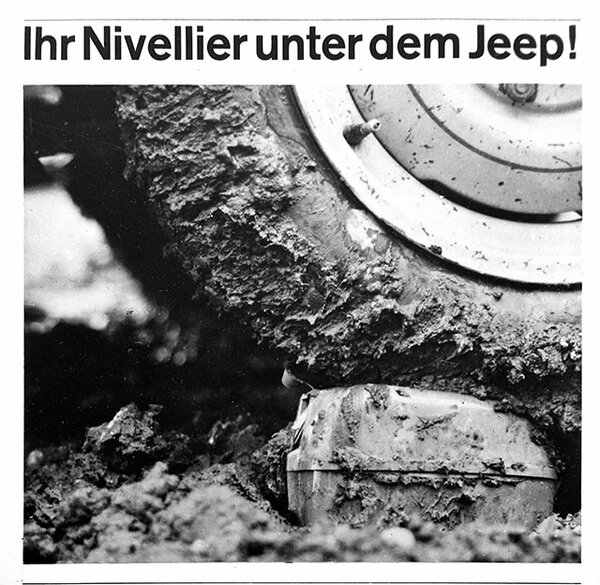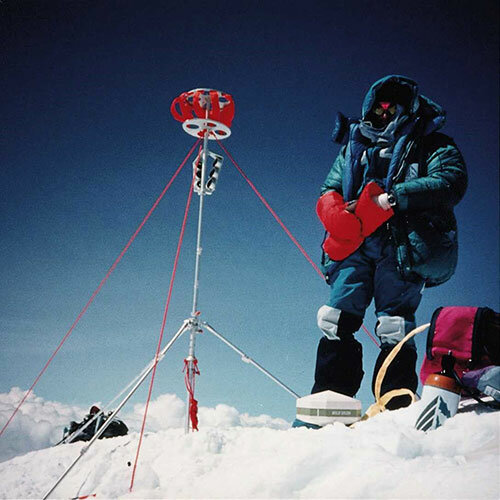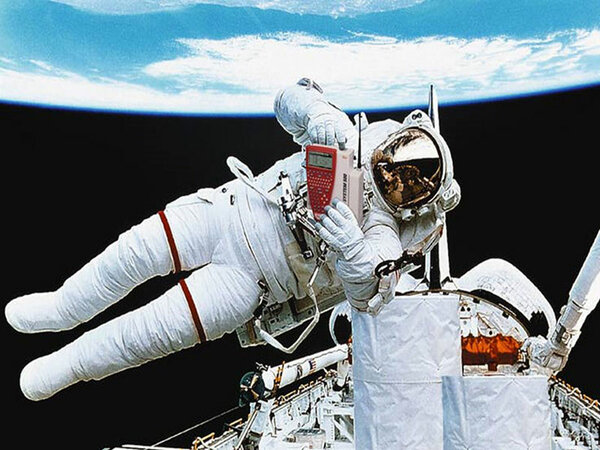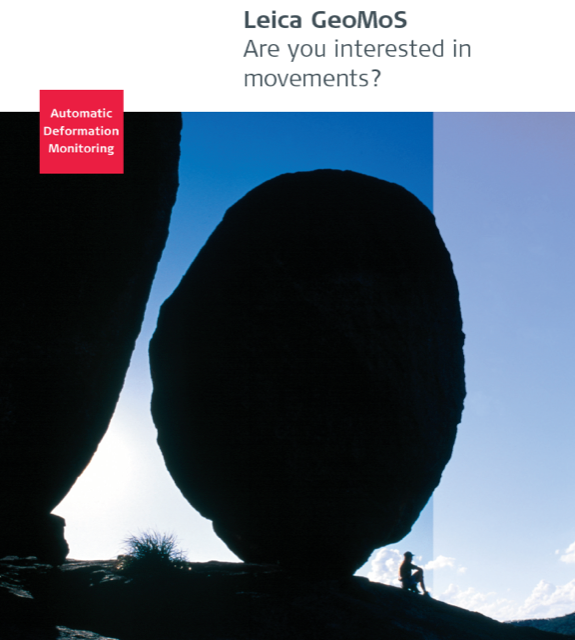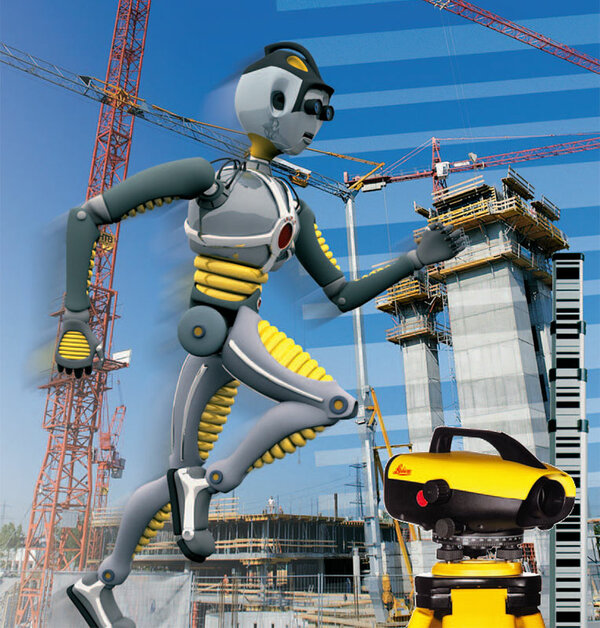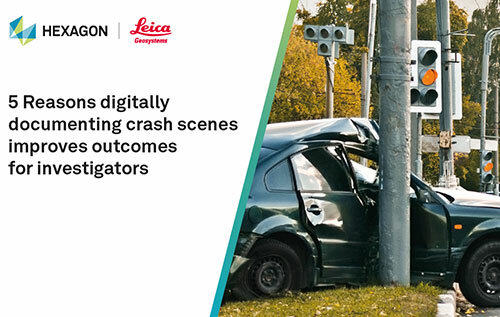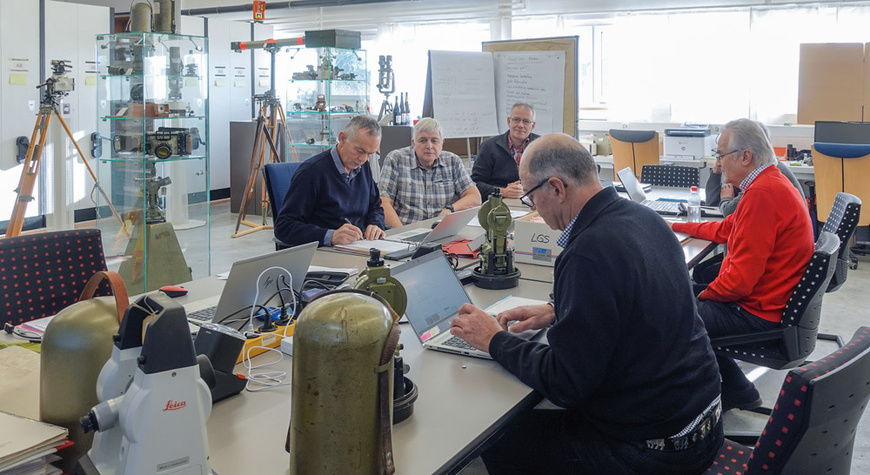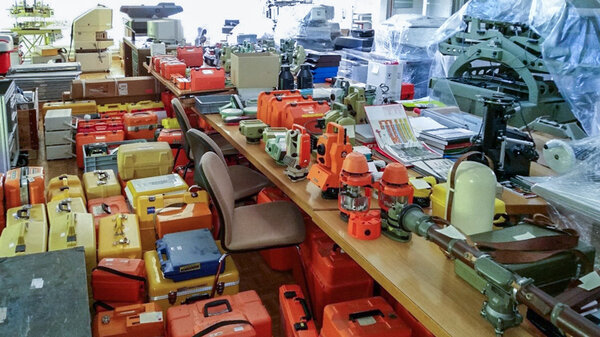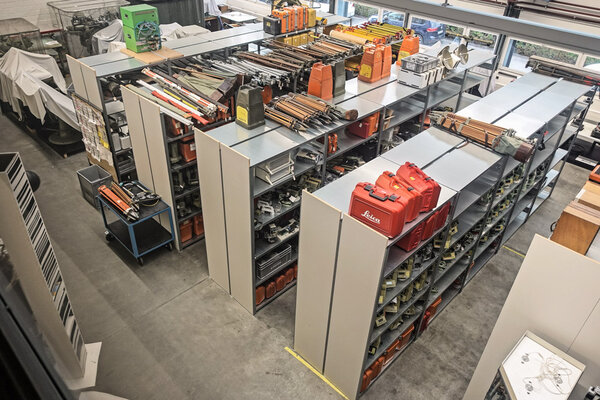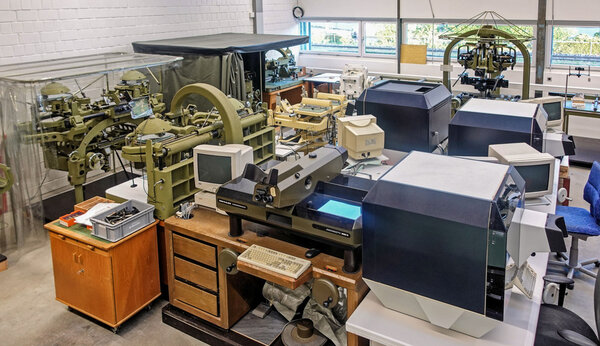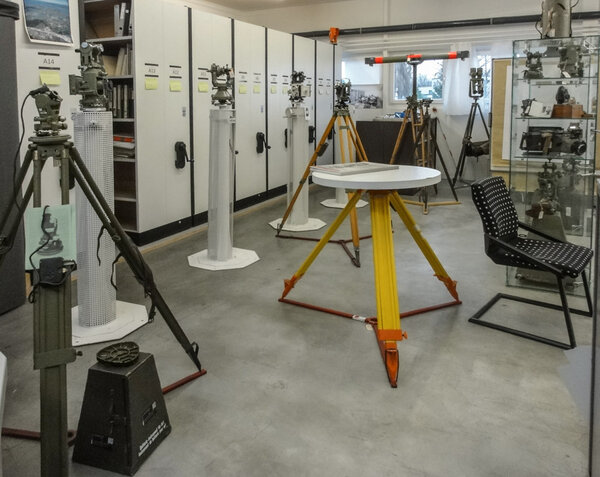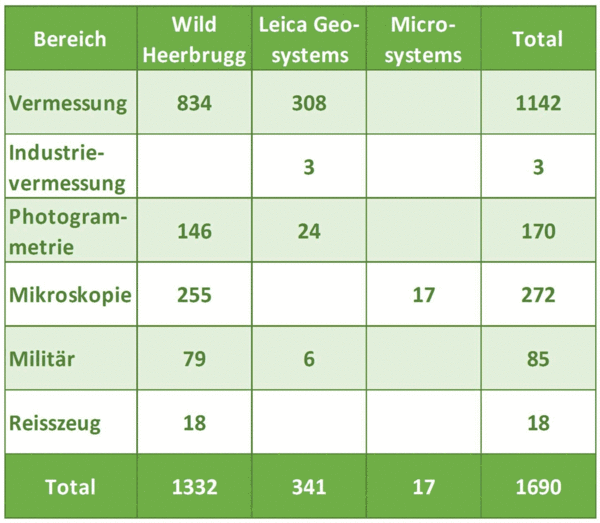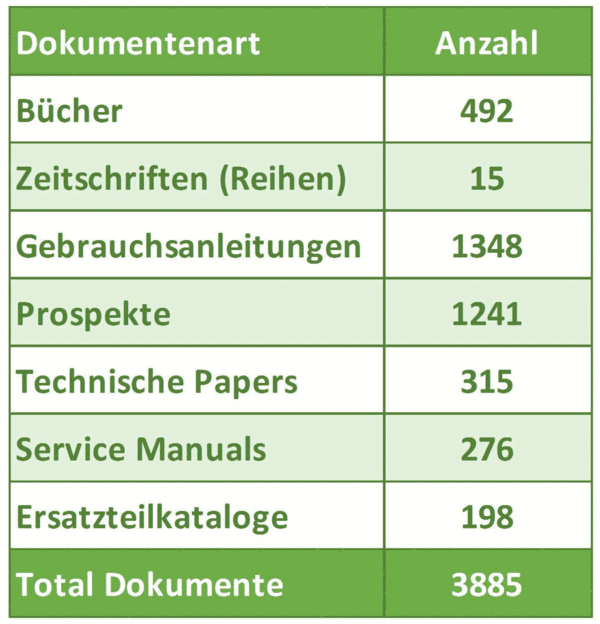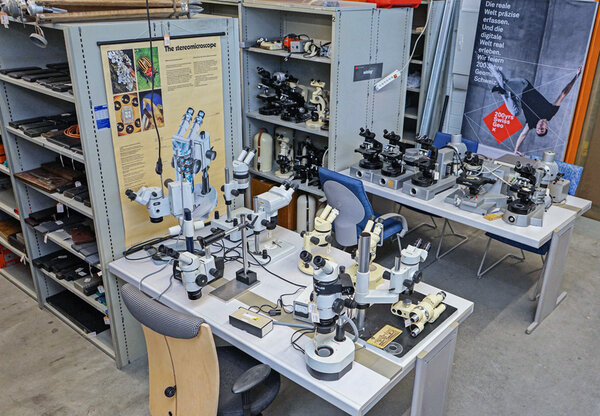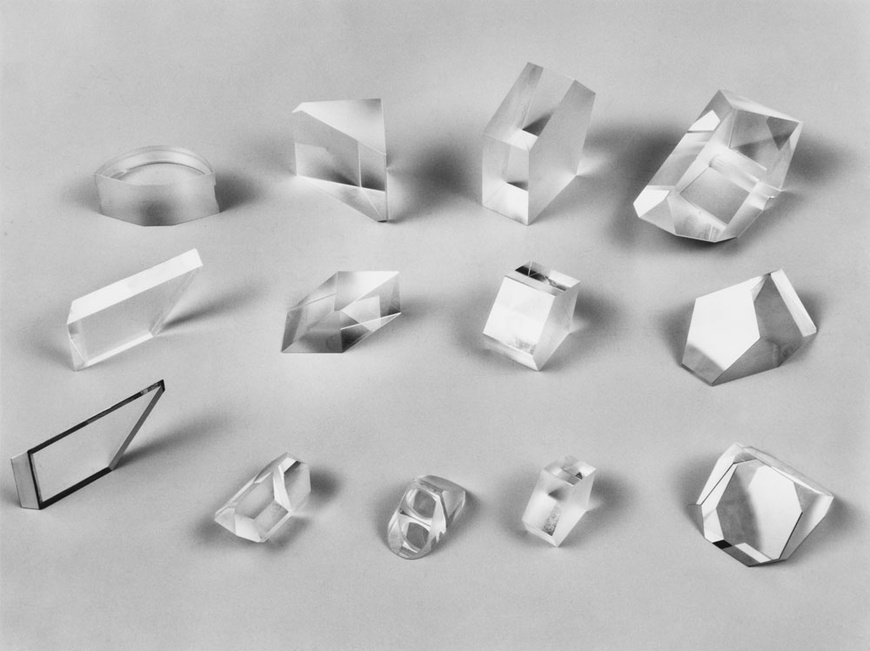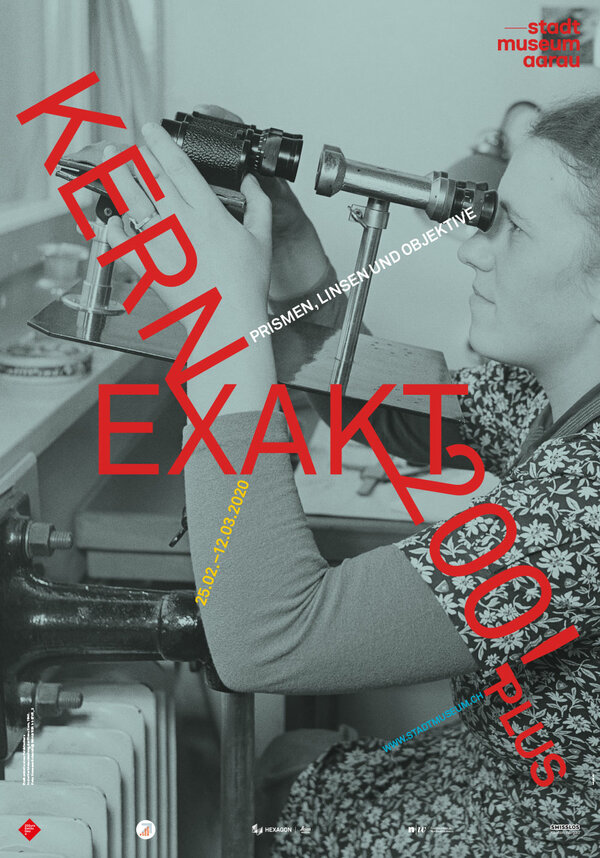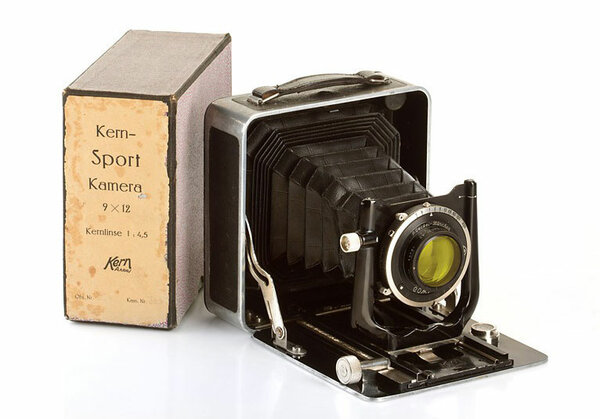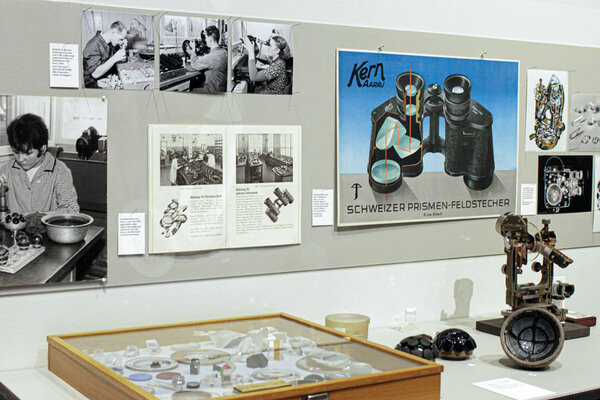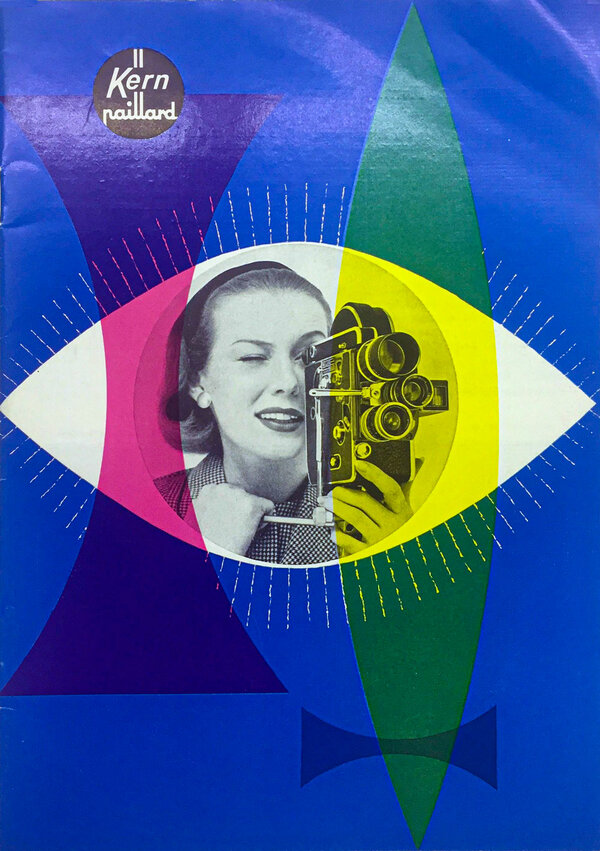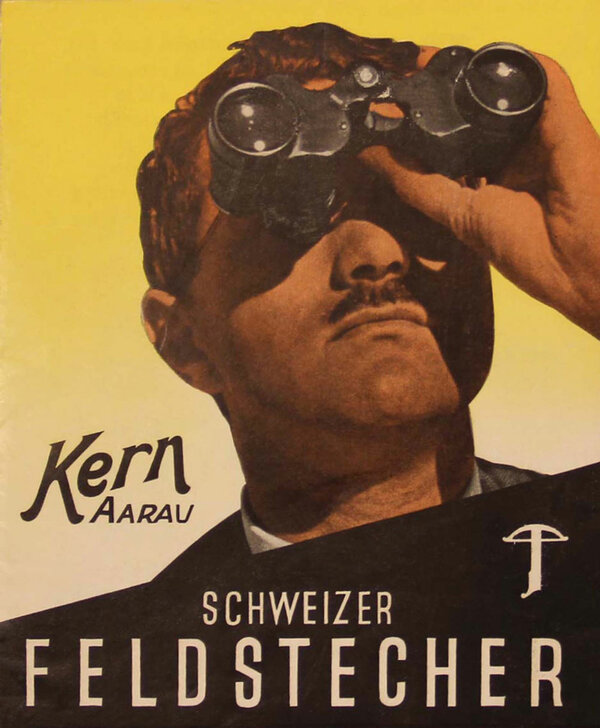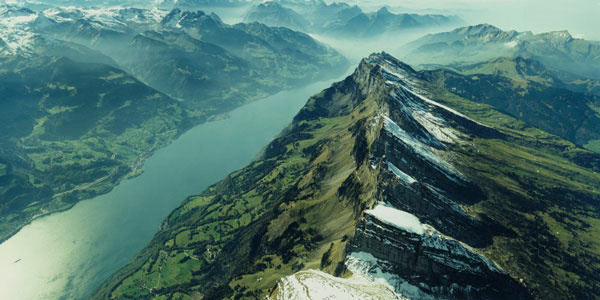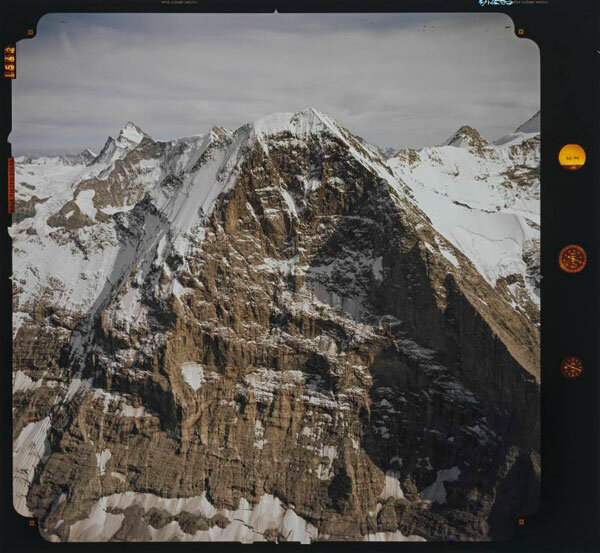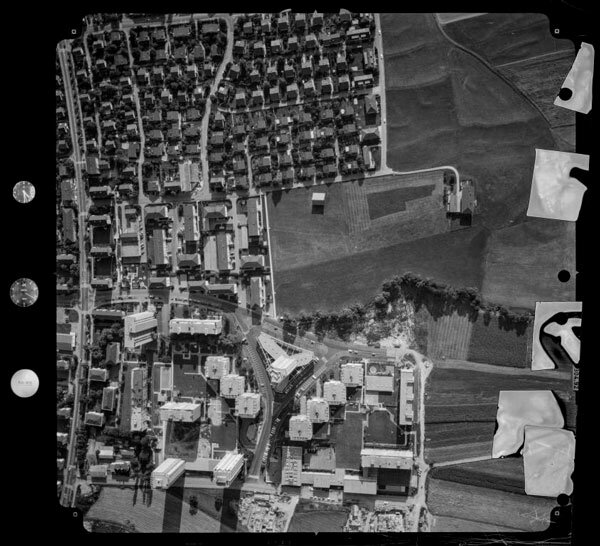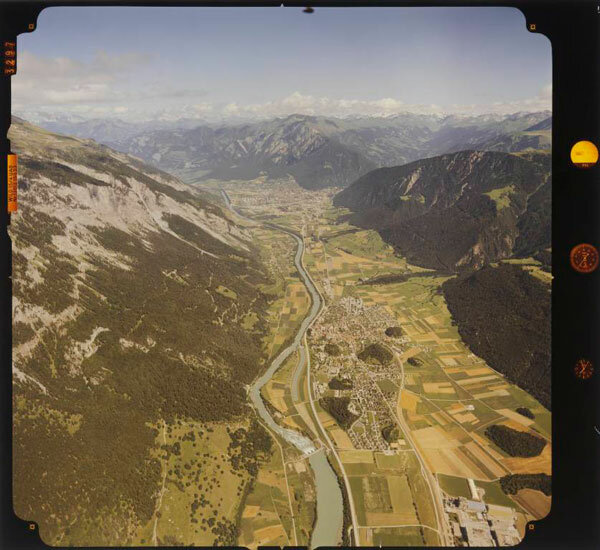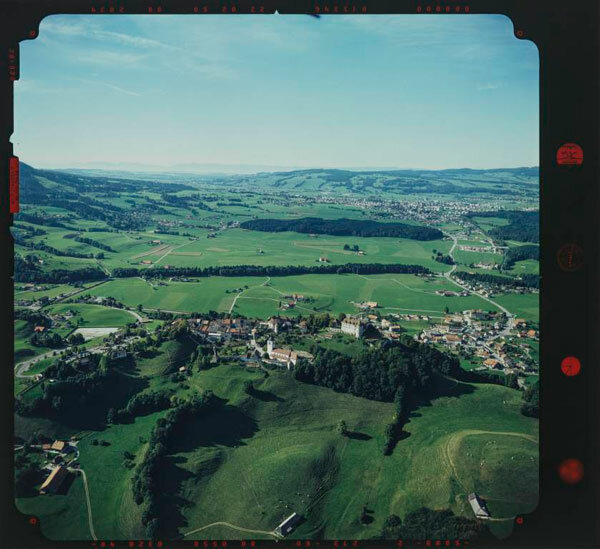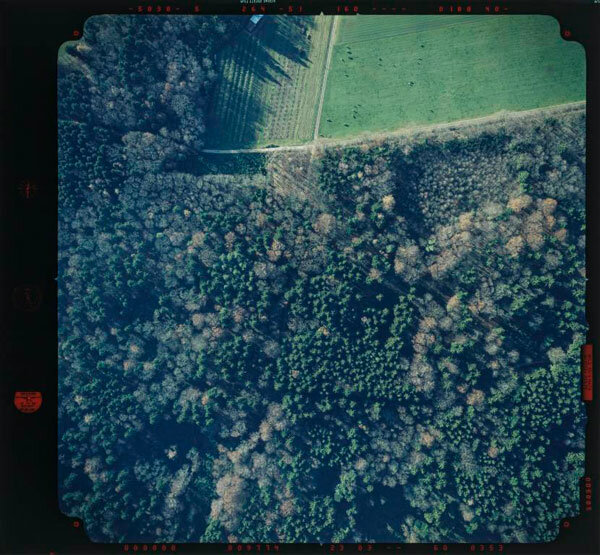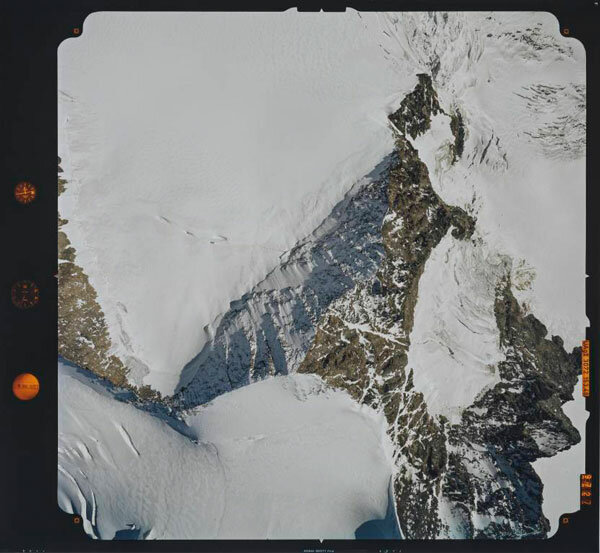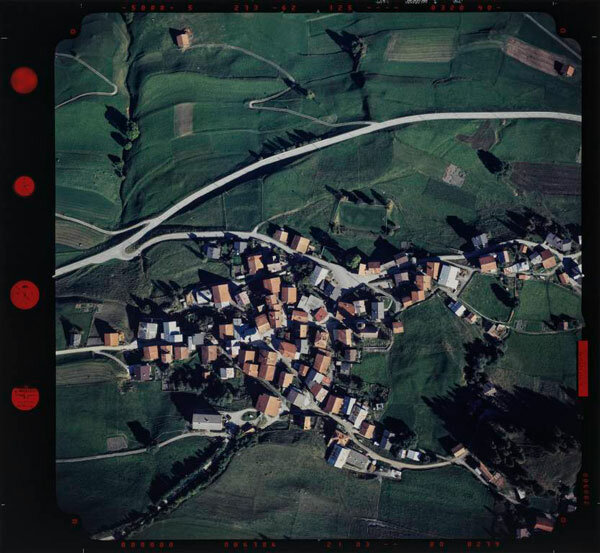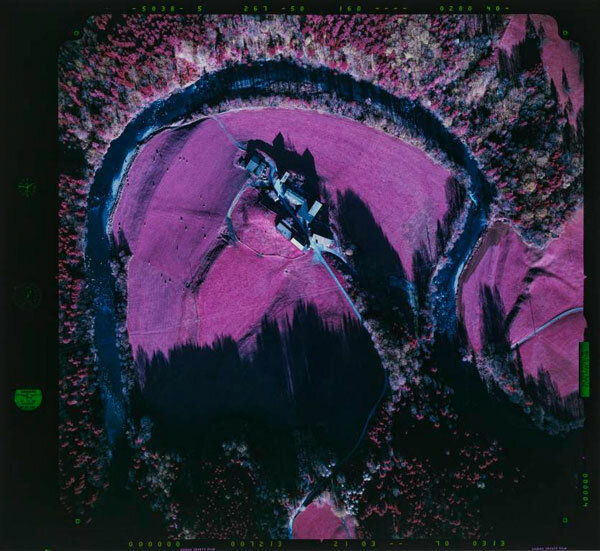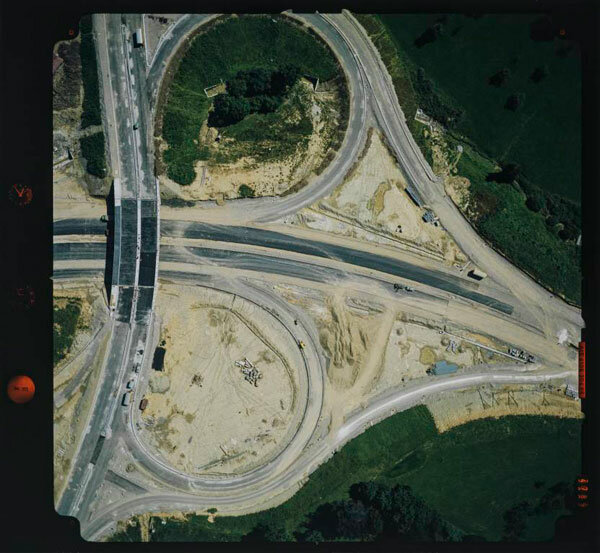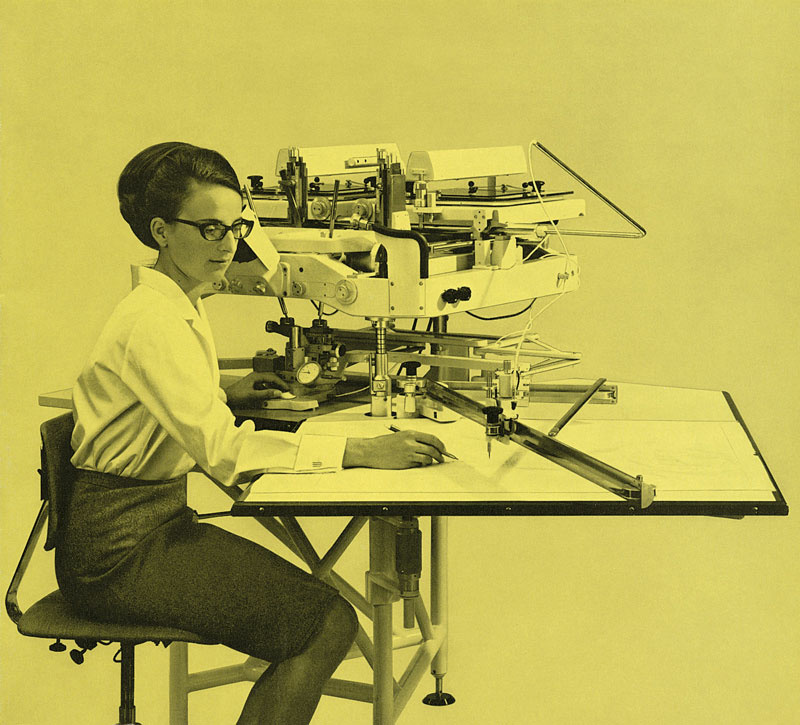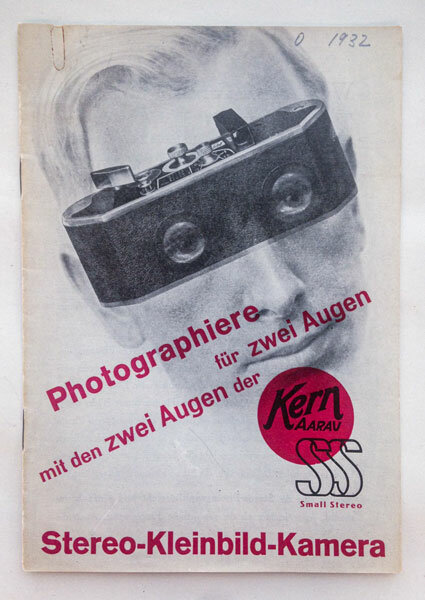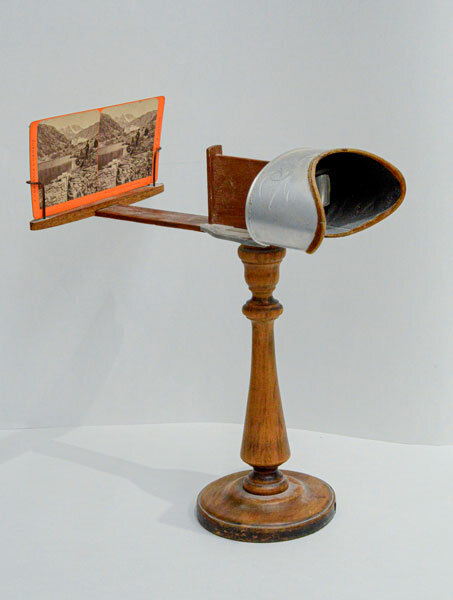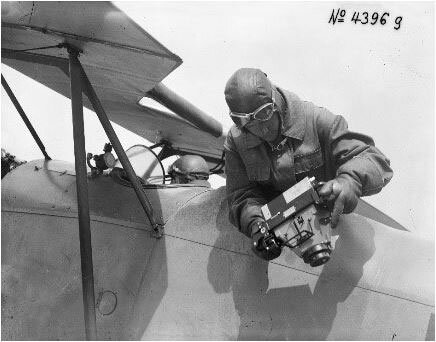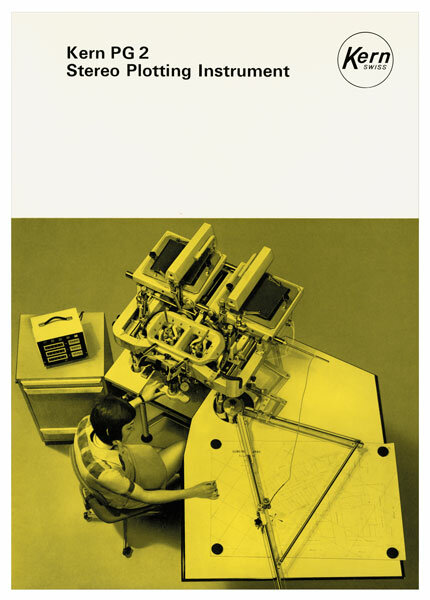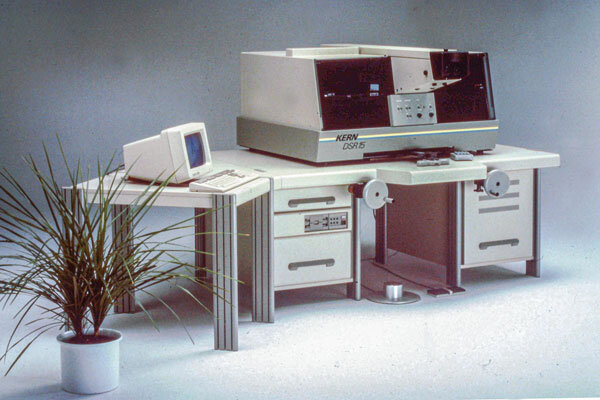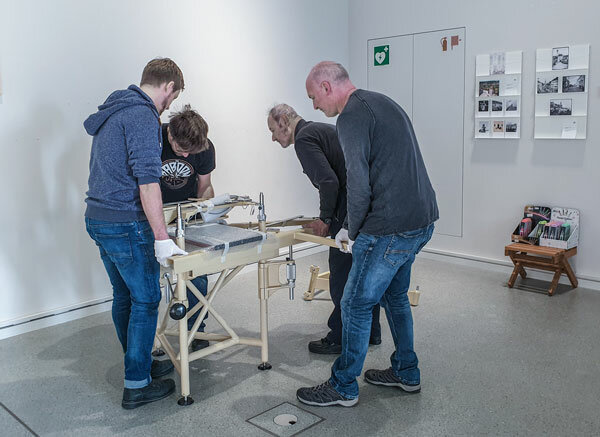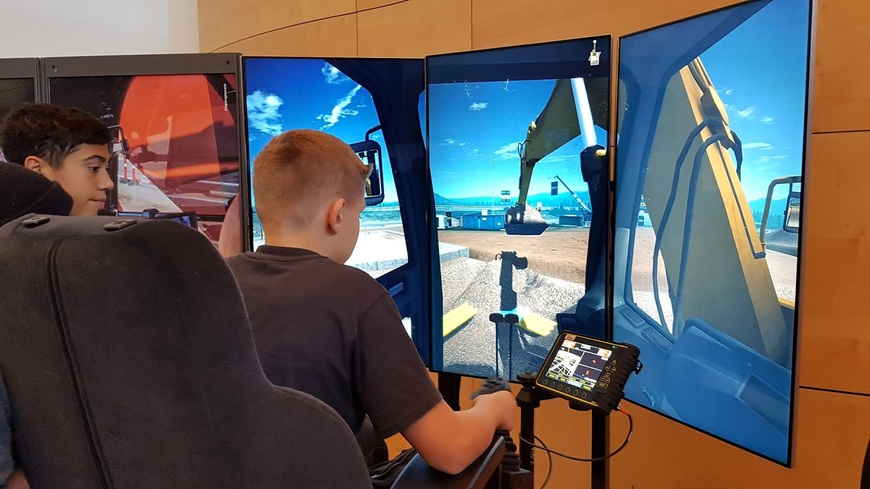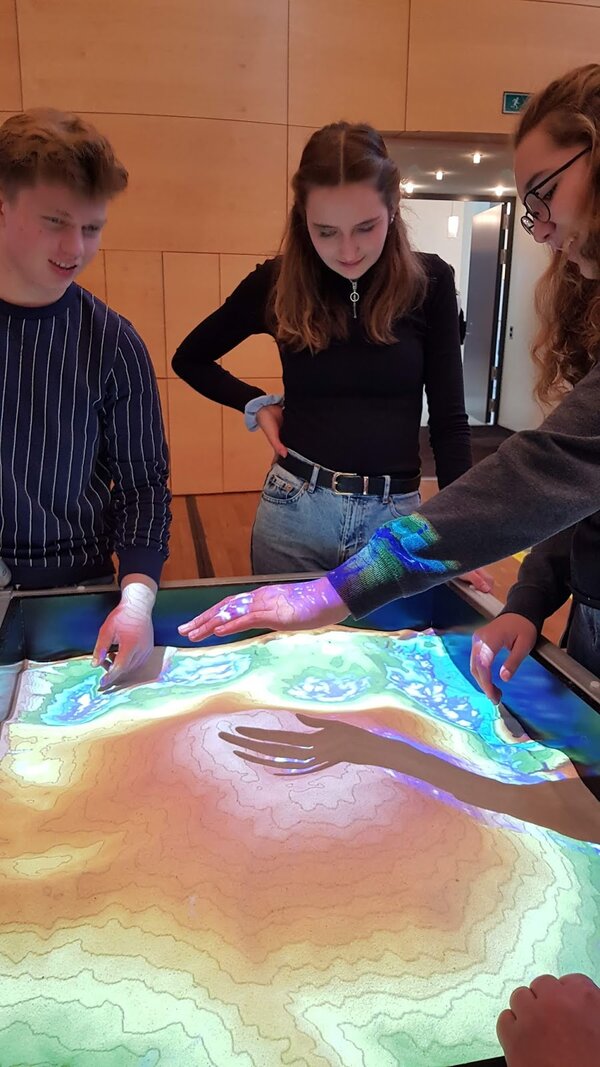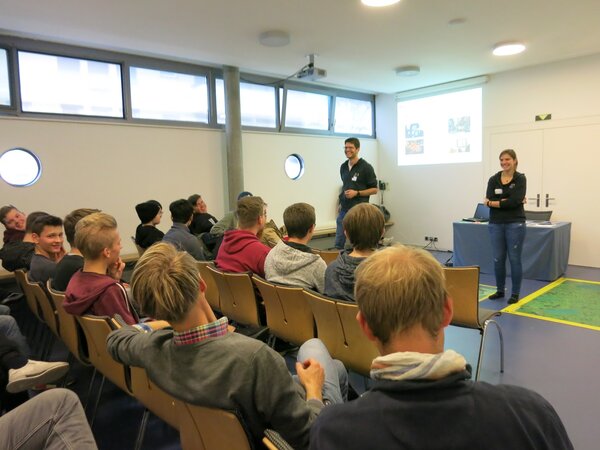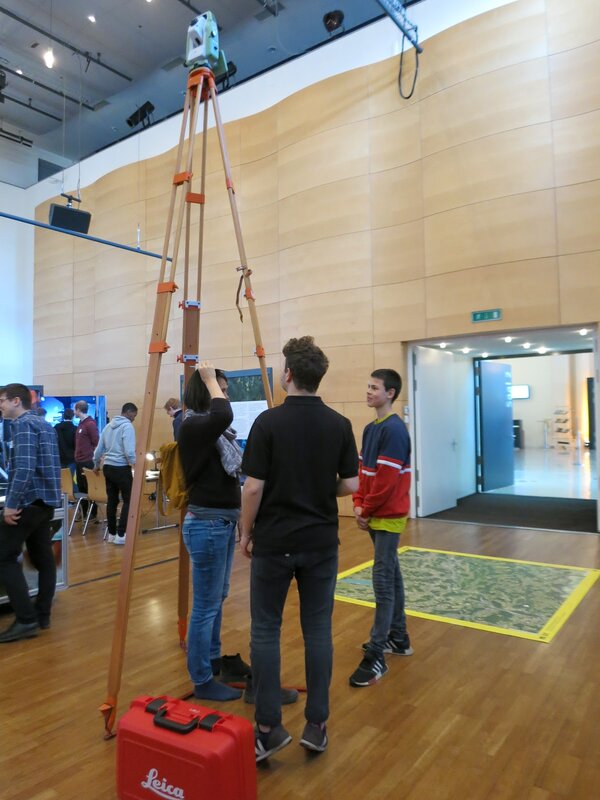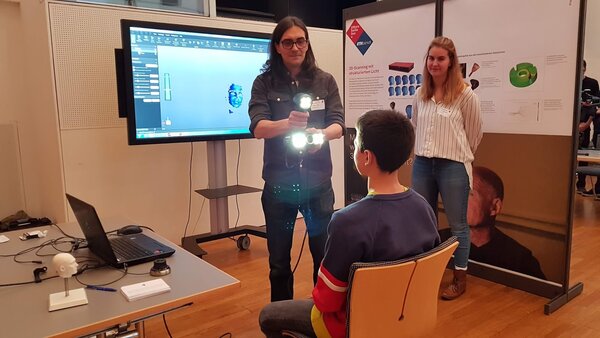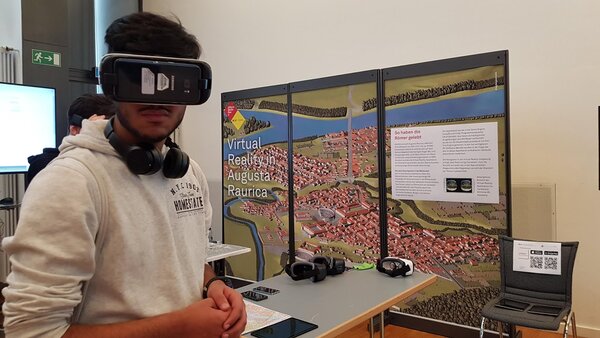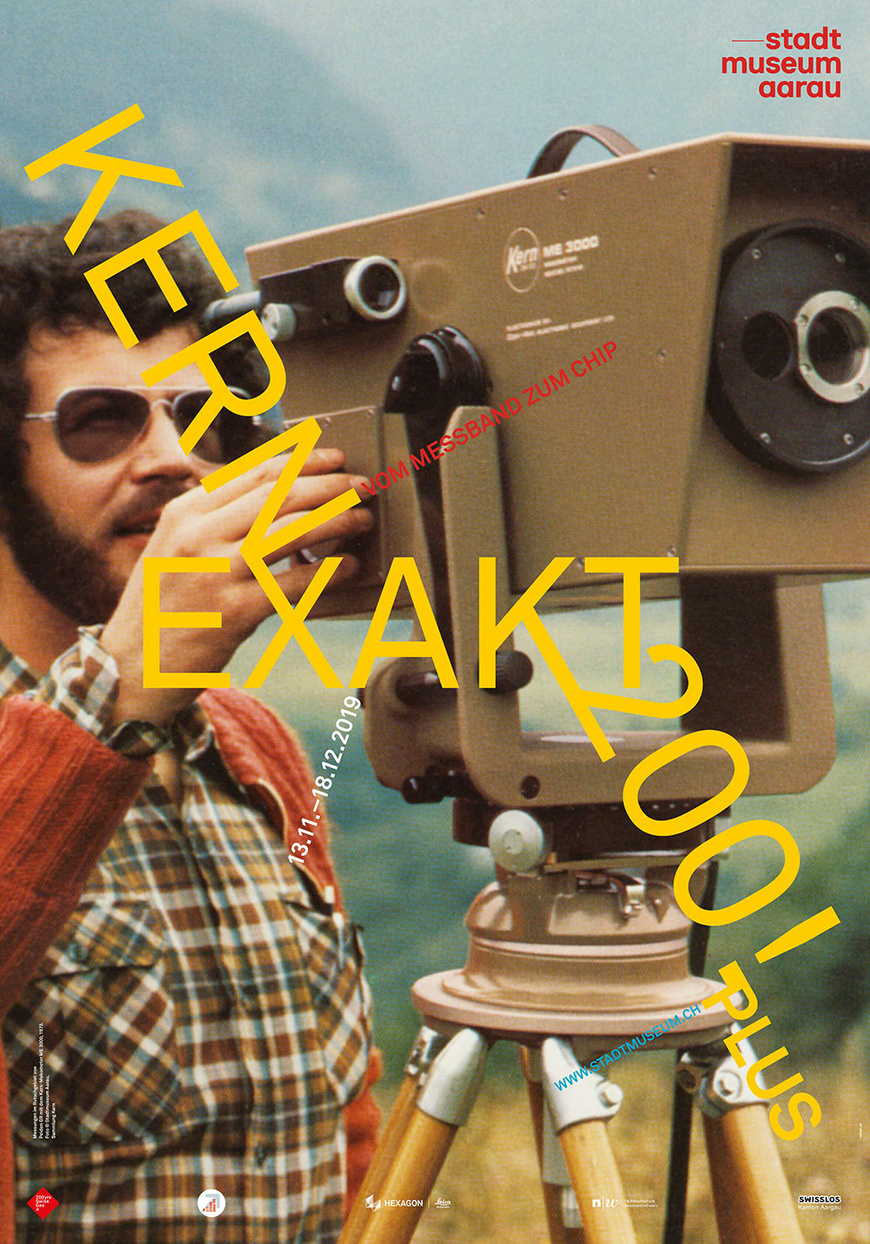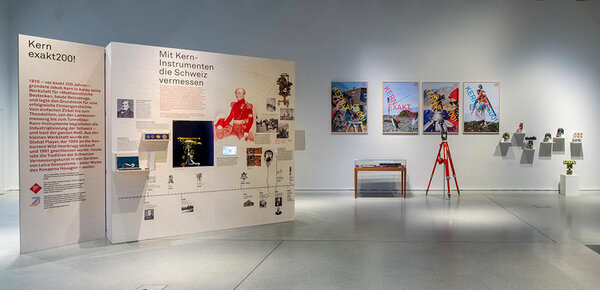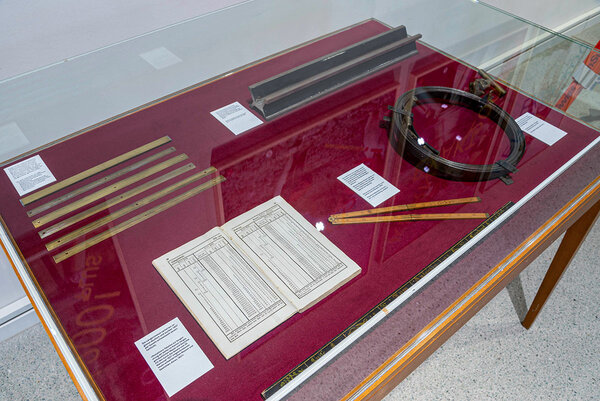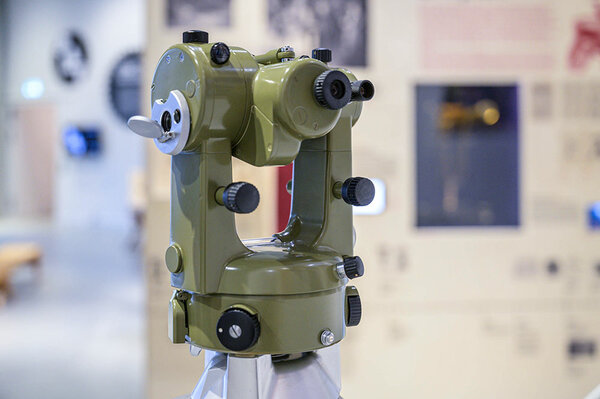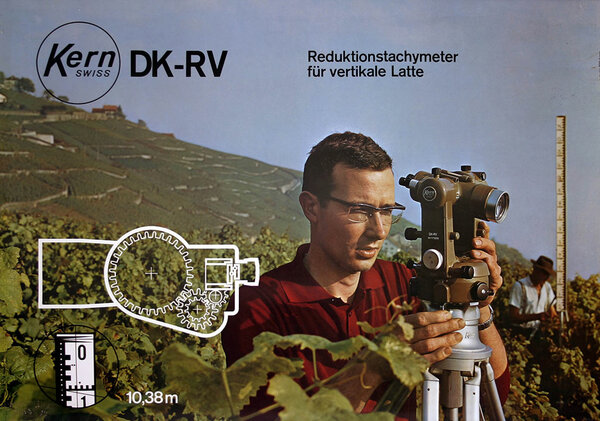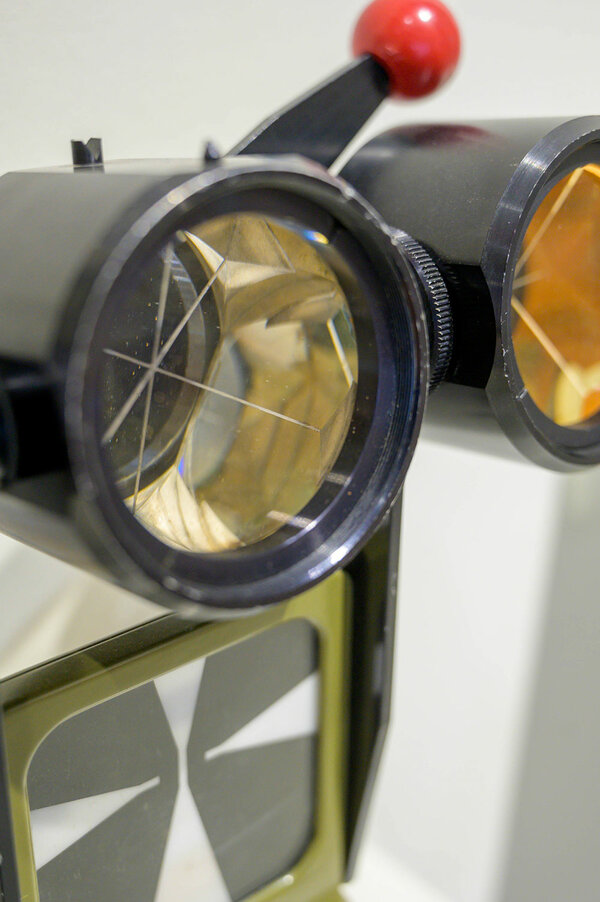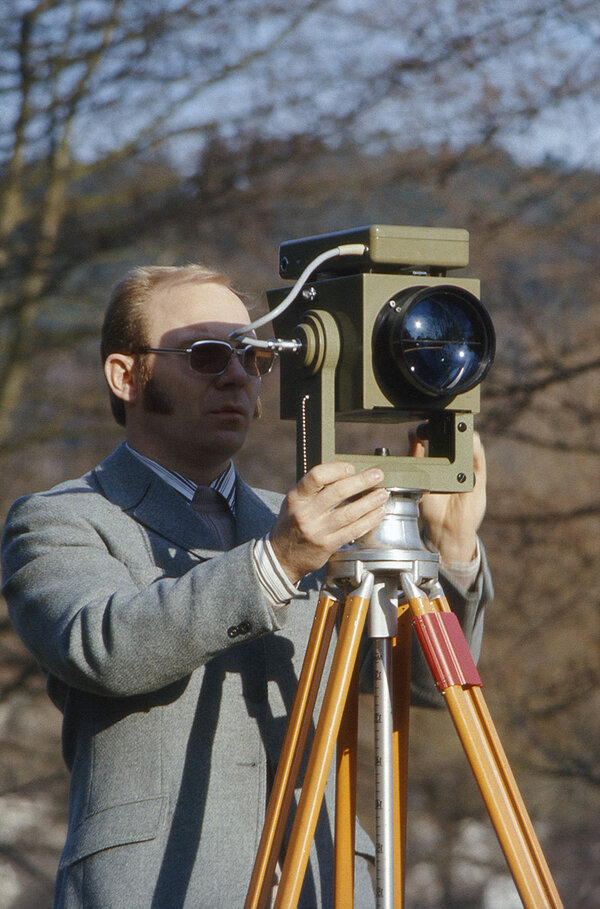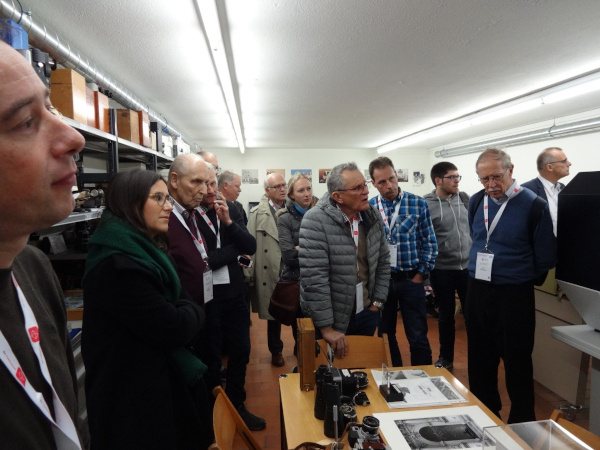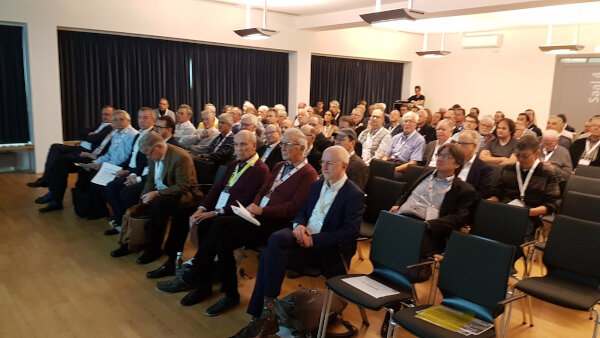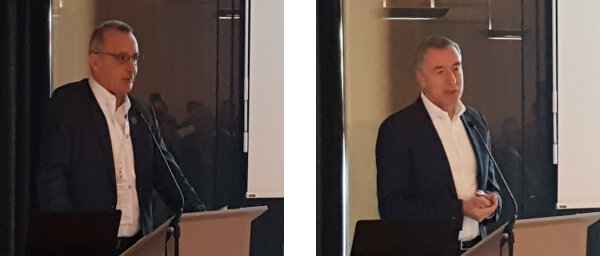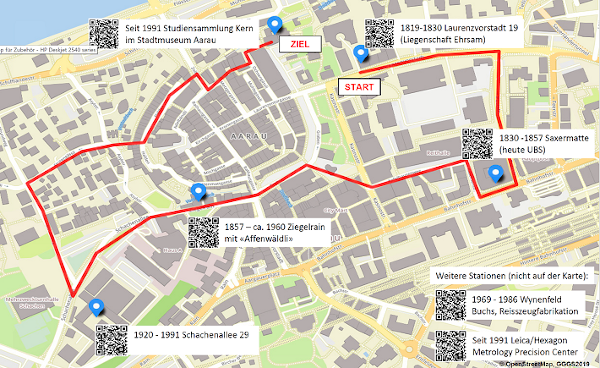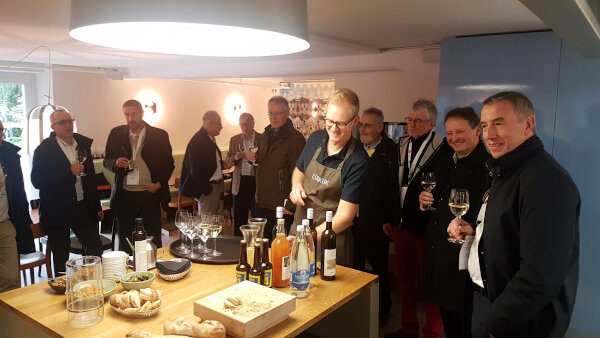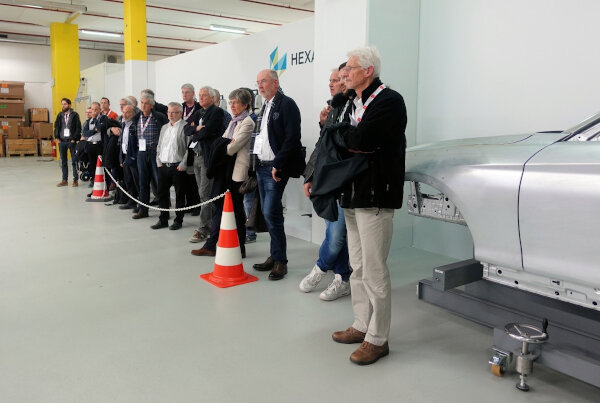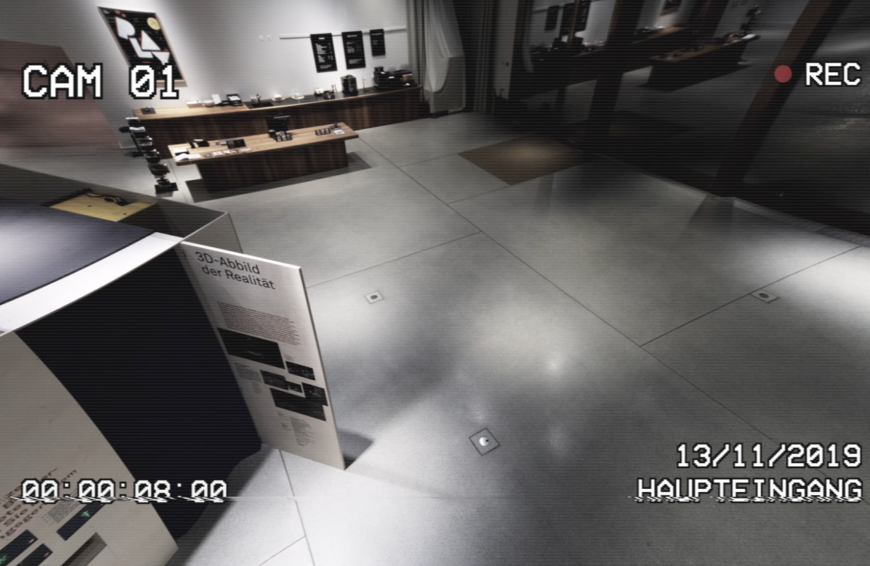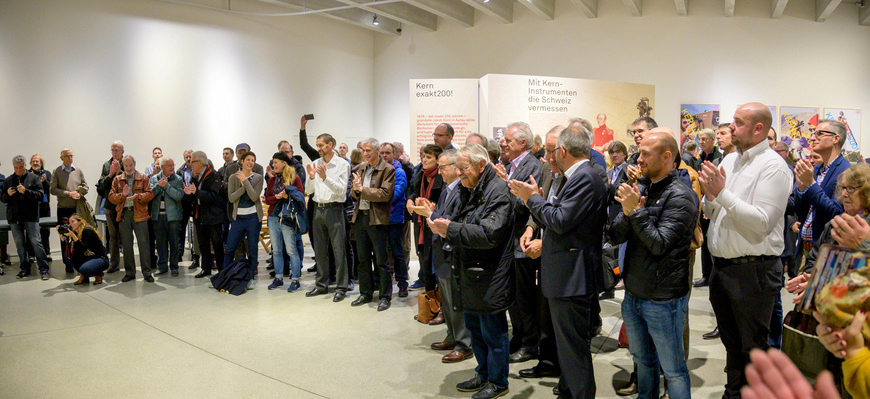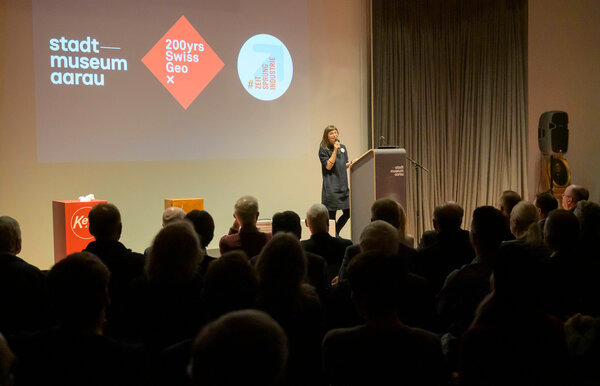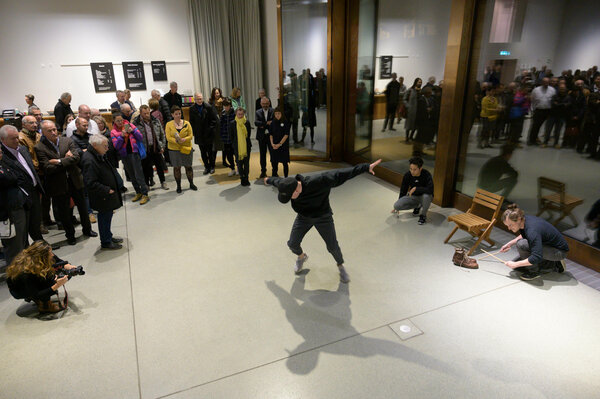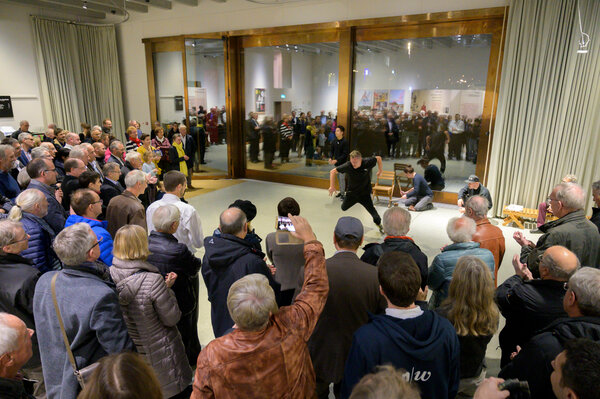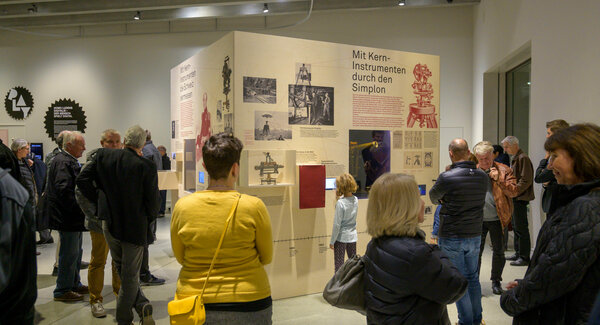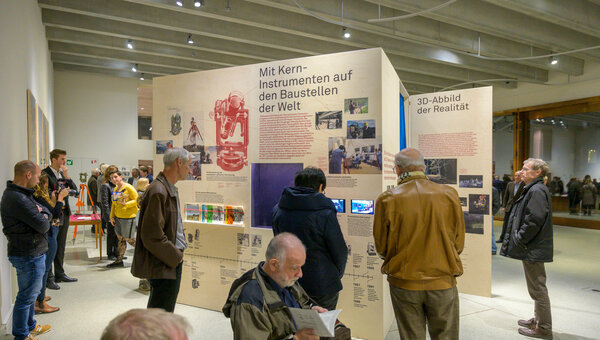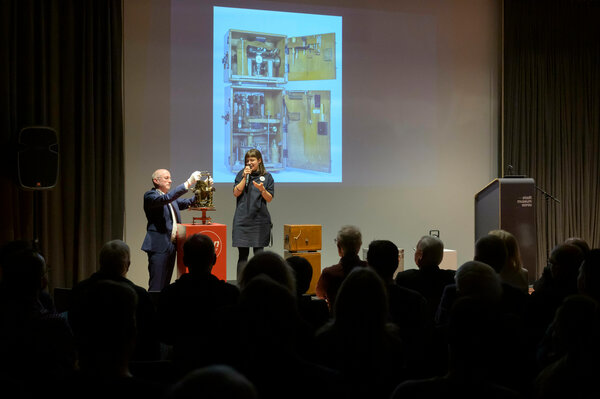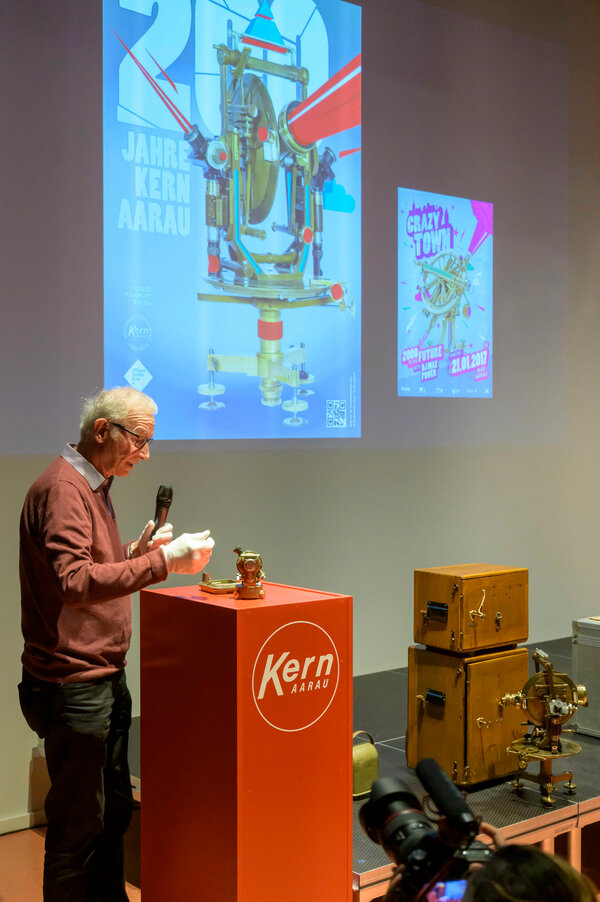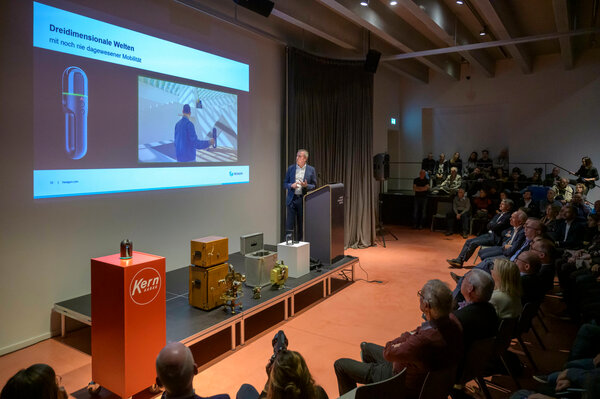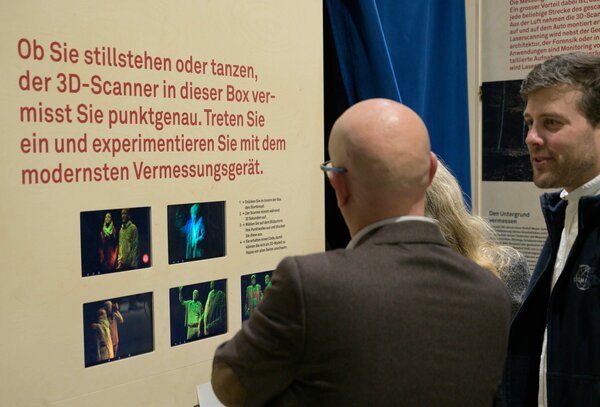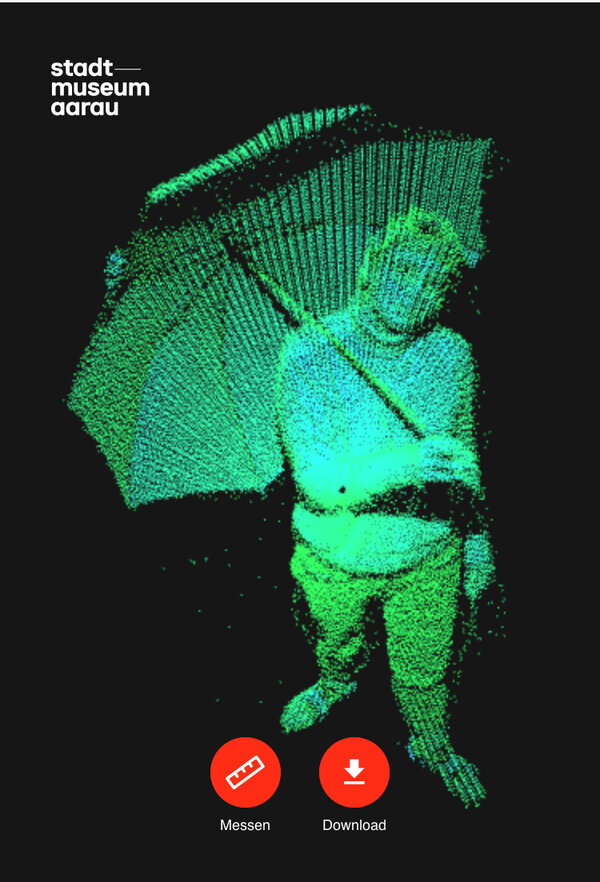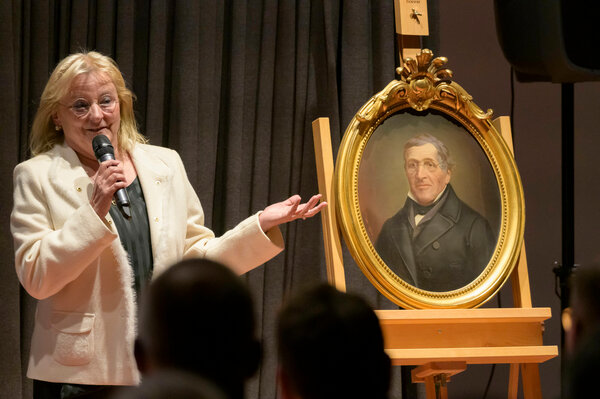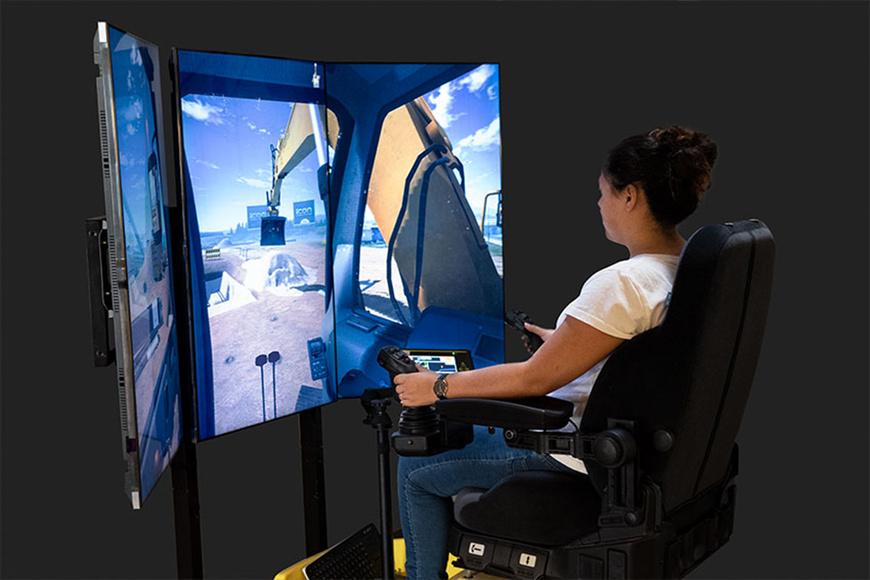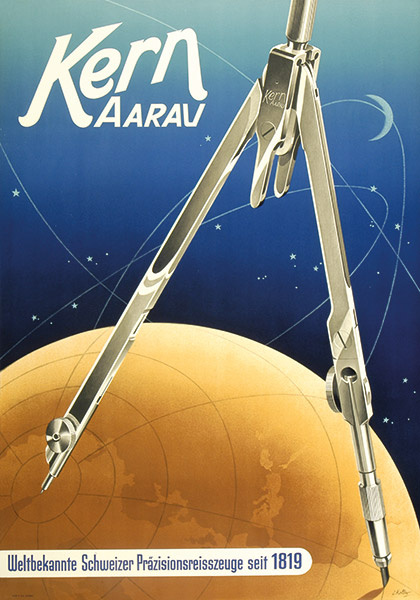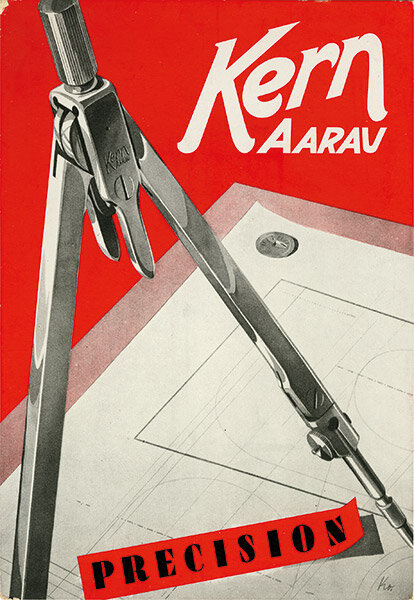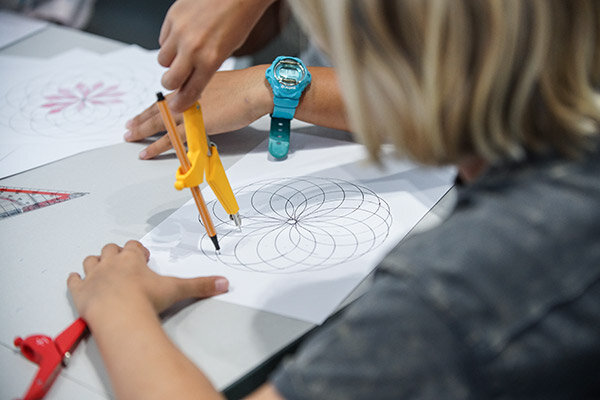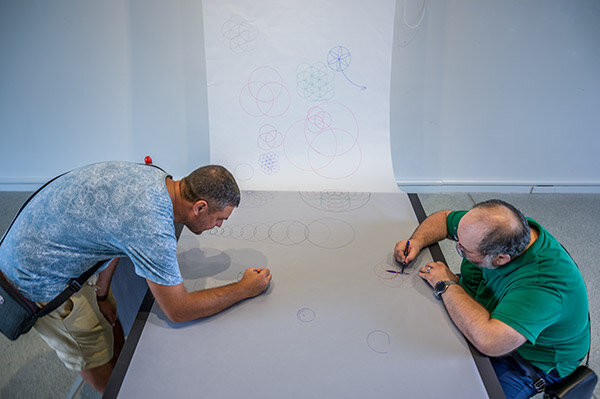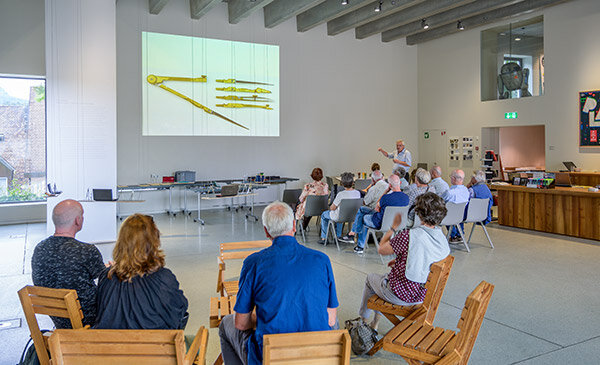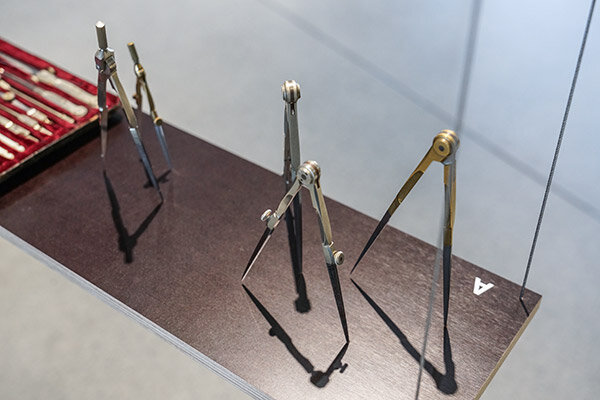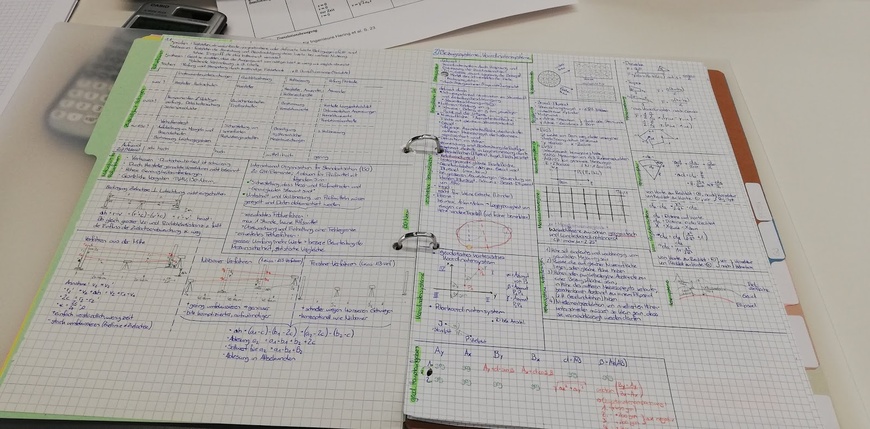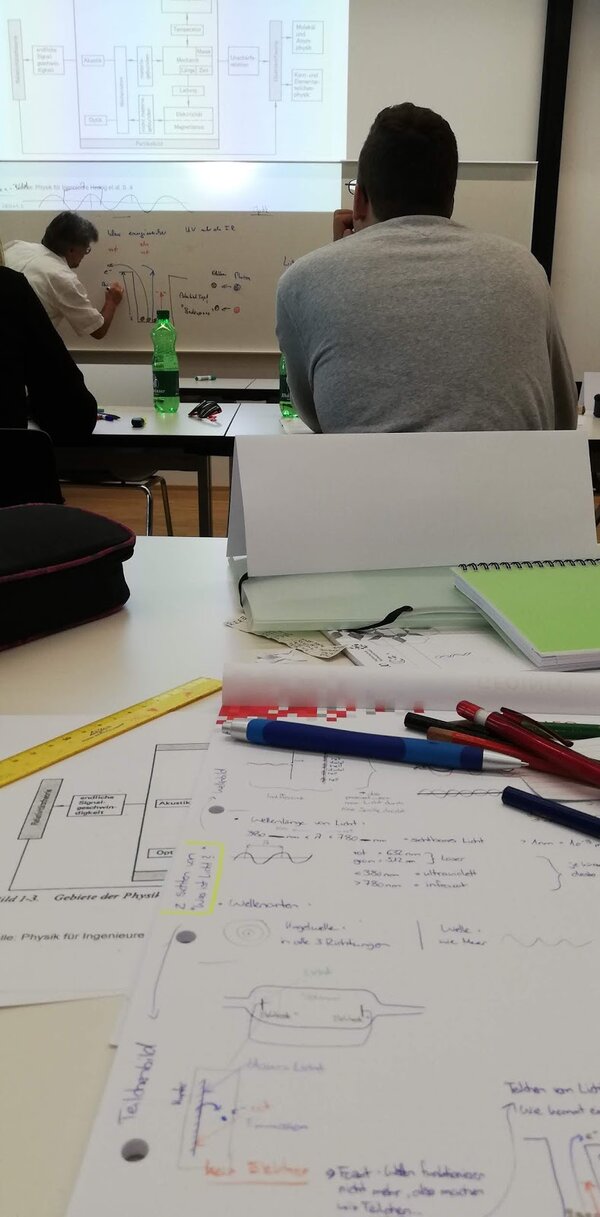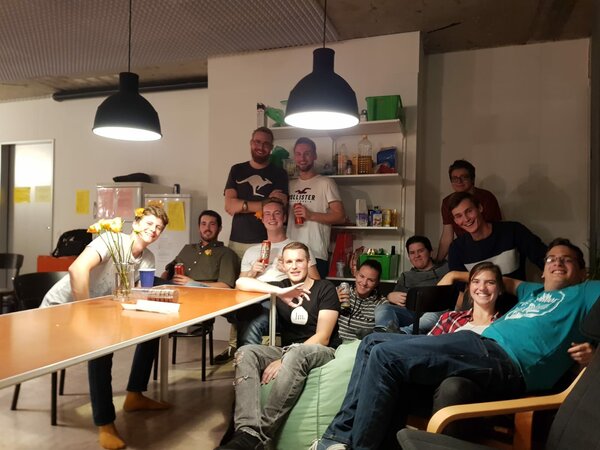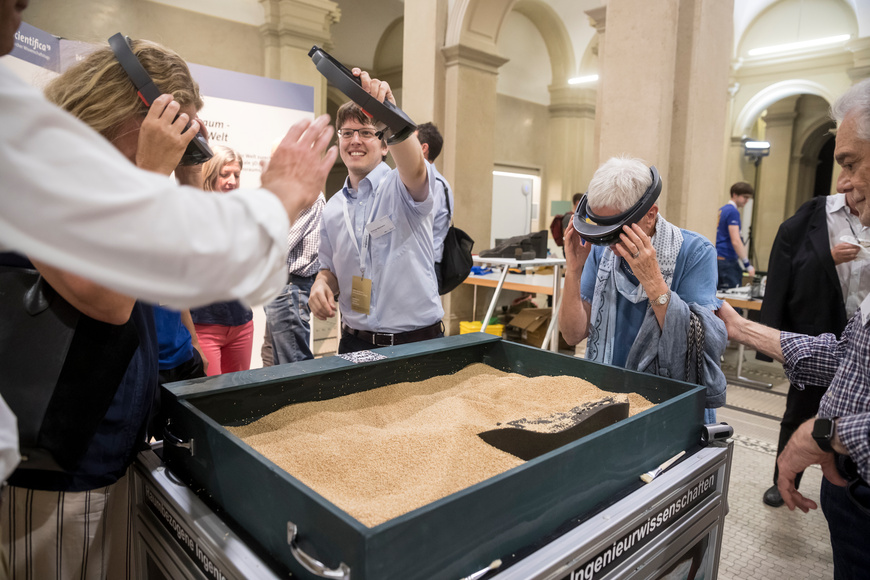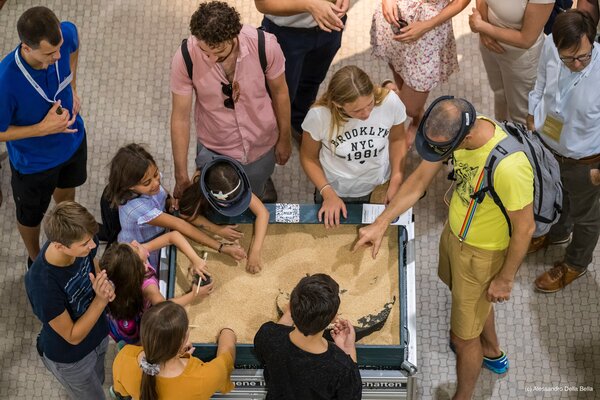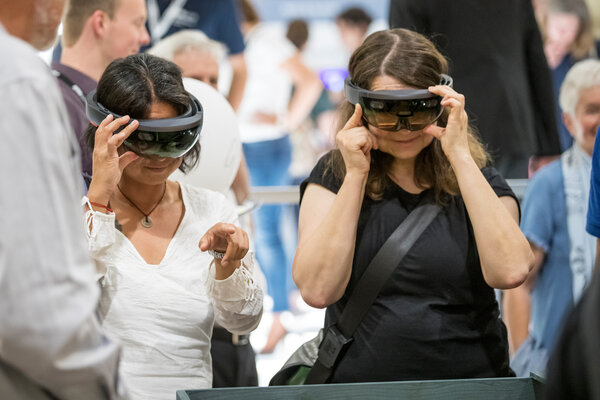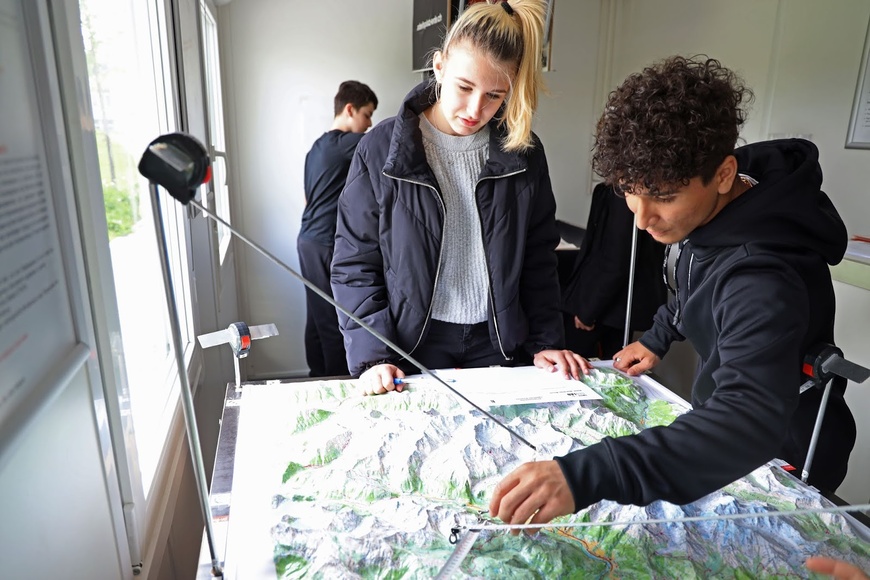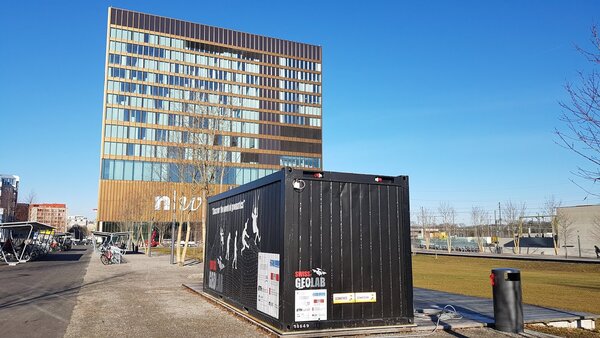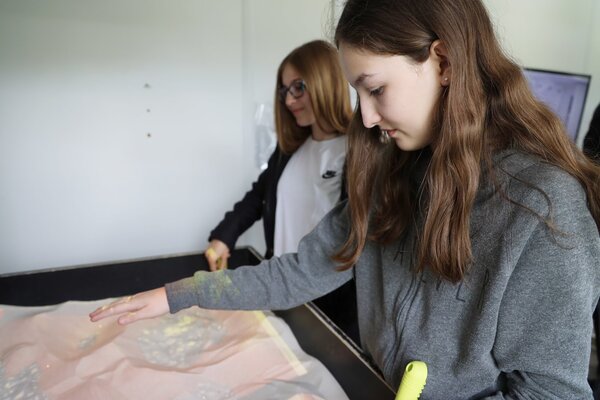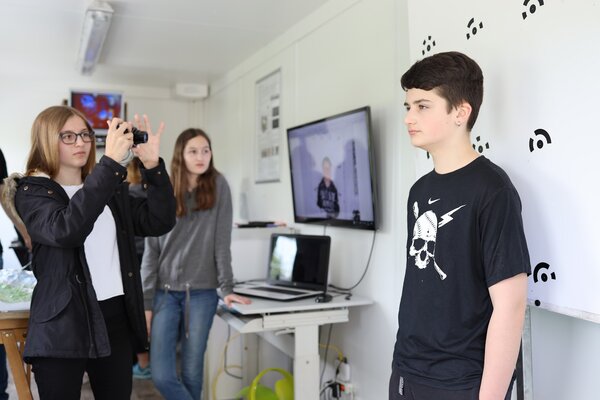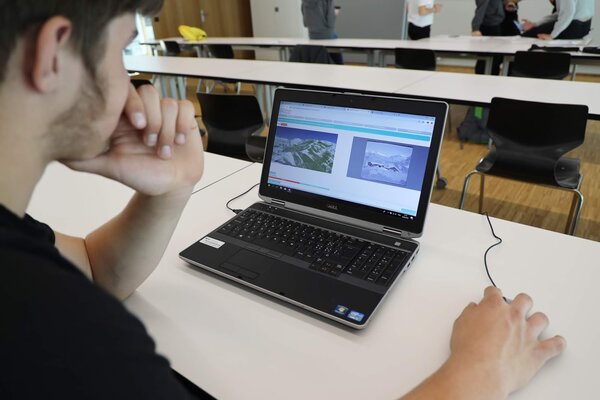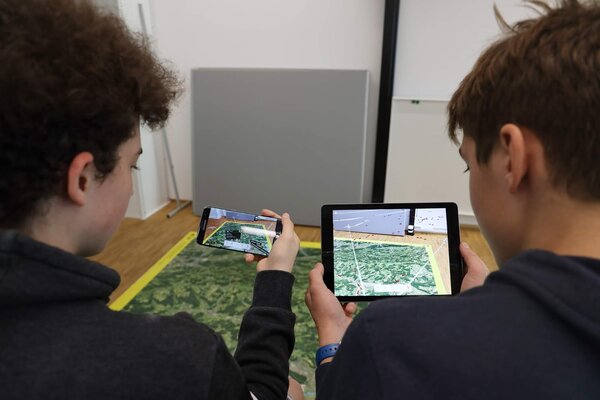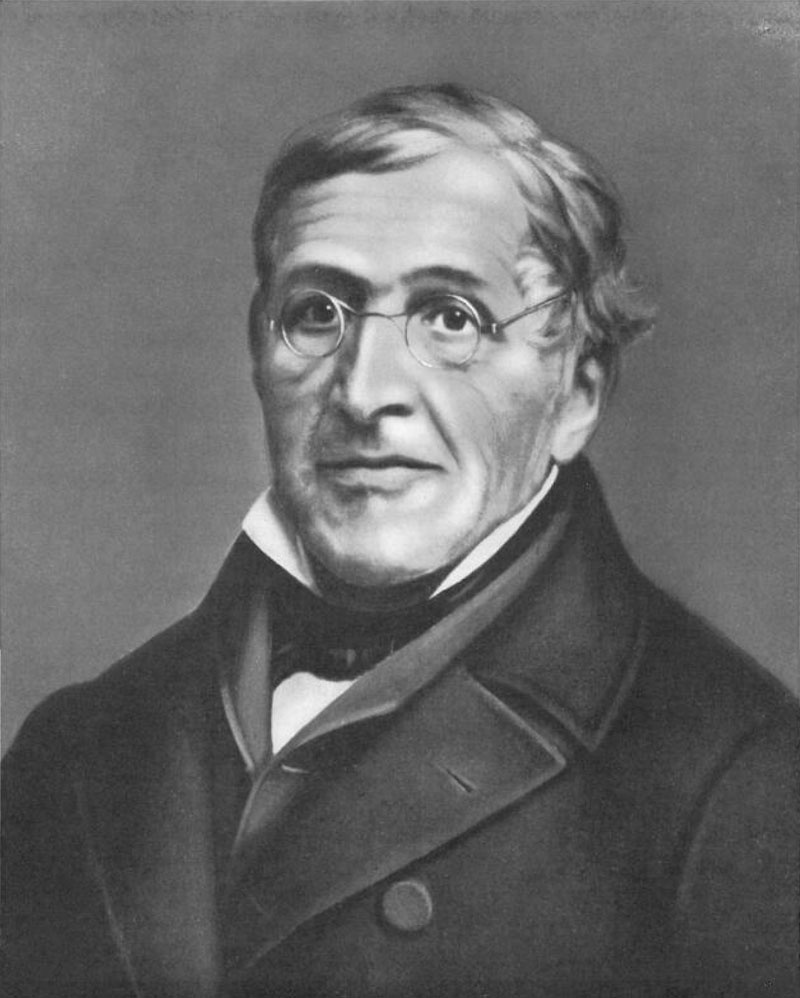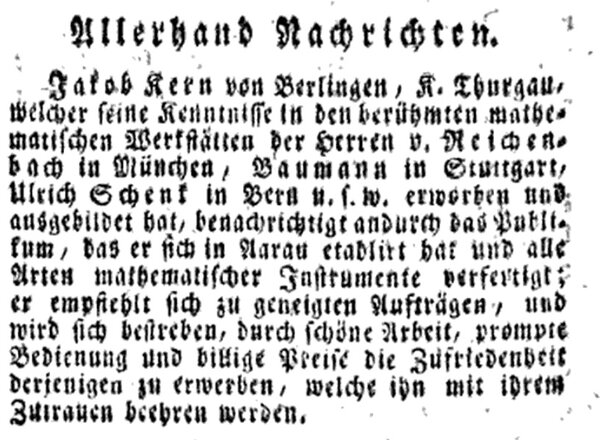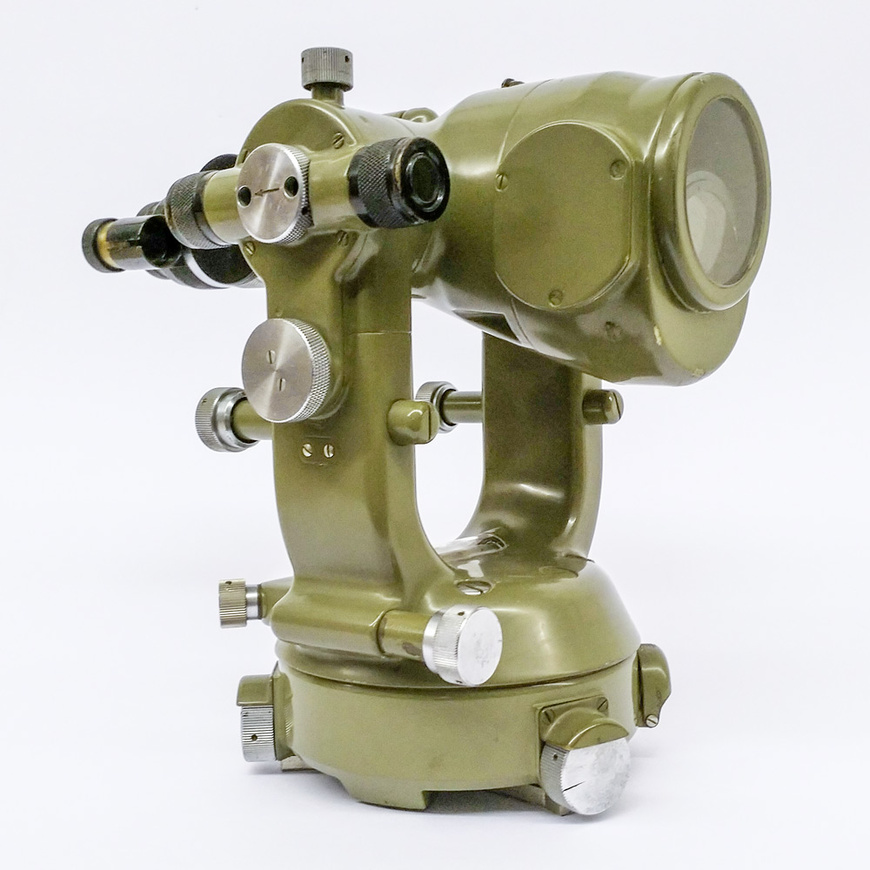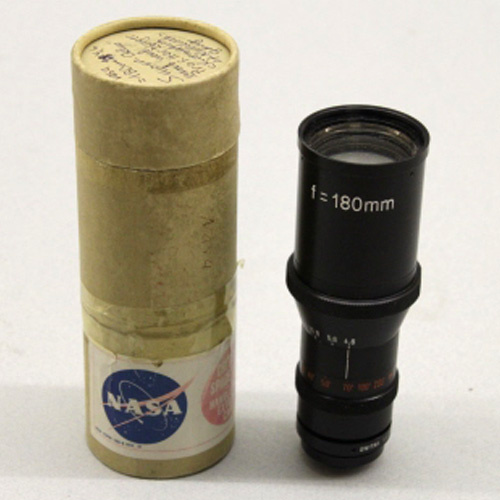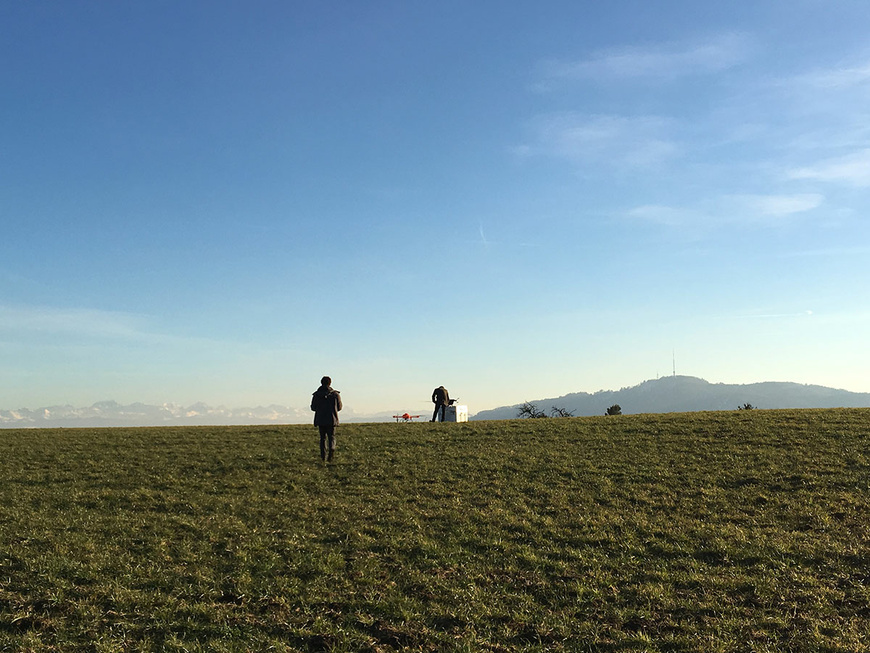As indicated in the introduction, we had to come up with a way to ensure that the lecture series could "go on". Because shortly after the launch event at the end of September 2020, the Corona measures were tightened again in many countries in Europe and worldwide, making public events almost impossible. Nevertheless, we wanted to continue the already planned talk series in the anniversary year of "100 Years Innovation Heerbrugg", but how?
So we came up with the idea of broadcasting the upcoming talk by Sigi Heggli entitled "The Valuable Contribution of WILD Autographs in World War II" live - maintaining the motto: if the audience is not allowed to attend the talk, then the talk must go to the audience. So we had asked around and discovered a small, one could almost say hidden studio at Leica, which is used for product presentations and recordings.
As absolute film studio novices with no idea whatsoever about studio technology, software and transmission possibilities, we were now standing there. After a concise introduction, intensive self-study of the facility was the order of the day. Since our application was very different from a product presentation, we had to try out many things to adapt the software to our specific needs.
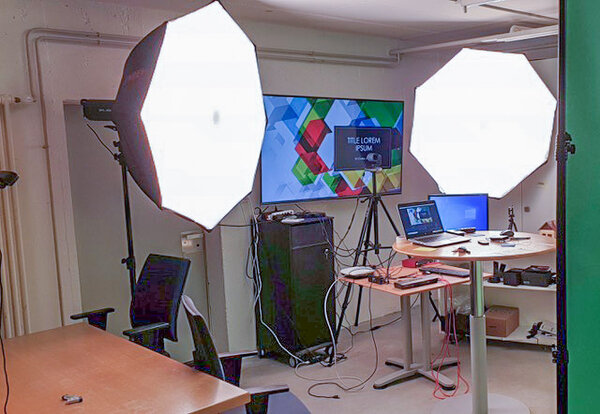
Image 1: The small photo studio at Leica Geosystems
Only then we realise how accustomed we are to the perfection of news programs or live shows on television - it is not so easy when you try it yourself. We even had to create a small script to record the thoughts about the process step by step: at the beginning, the idea was, to have the moderator appearing in the picture together with the speaker to greet the audience and introduce the speaker. Then the presentation should start with the PowerPoint slides, and the speaker should fade into the presentation at the same time. In between, the speaker should then fade out again so that the audience can concentrate fully on the presentation's content. Another challenge where the videos embedded in the presentation, which had to run at the appropriate time - and preferably without jerking while having an appropriate volume. The moderator also had the task of collecting and sorting audience questions during the presentation and asking them to the speaker in a live conversation at the end of the presentation. And in the end, he should close the event.
When everything seemed clear, we met in the studio at the beginning of January 2021 for the main rehearsal. Despite preparation, it did not go smoothly - we had to struggle with a number of things, starting with the actors' clothes being too light/dark, inappropriate backgrounds, unwanted objects in the camera's field of view, the position of the camera, the person operating the camera resp. the person in the picture, sometimes they were too high, sometimes too low, the use of one or two radio microphones, or a central "Jabra microphone" on the table, ambient noise that disturbed, echo from the technical laptop, mono or stereo recording, general recording quality and film format, up to software problems. At times, the only thing that helped was a complete restart of the system until it ran correctly. The "Open Broadcaster Software Studio (OBS)", which we used for this purpose, is freeware and has some nice functions, but it also had its pitfalls for us laymen. The handling of the unique features had to be tested and practiced by us first.
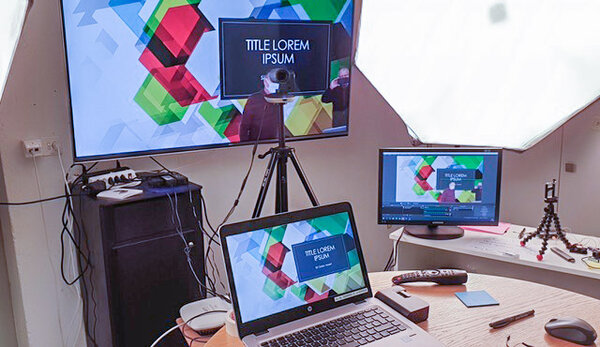
Image 2: Tech laptop with the three screens
For example, handling three screens was also a real challenge: we use the tech laptop for the studio program, an external screen had to be configured for "broadcasting," and the PowerPoint presentation was supposed to run on the third - but kept starting on the wrong screen. After renaming screen numbers in Windows, everything got wholly mixed up - at times, it was exasperating.
But finally, it worked out - and strengthened after a good lunch we could at least rehearse and record Sigi's whole 1-hour presentation, but without the question and answer session afterward and without an introduction by the moderator.
Actually, that would not have been necessary because, at the time of the main rehearsal, a real live broadcast with Sigi and the moderator for the introduction and a block of questions had still been planned. But a short time later, Corona measures were further tightened, and masks were compulsory when more than one person was in the same room. It would not have been reasonable for our speaker Sigi to lecture for an hour wearing a mask, but a second person would have been necessary in the room to operate the technology. This ruled out the possibility of a live broadcast.
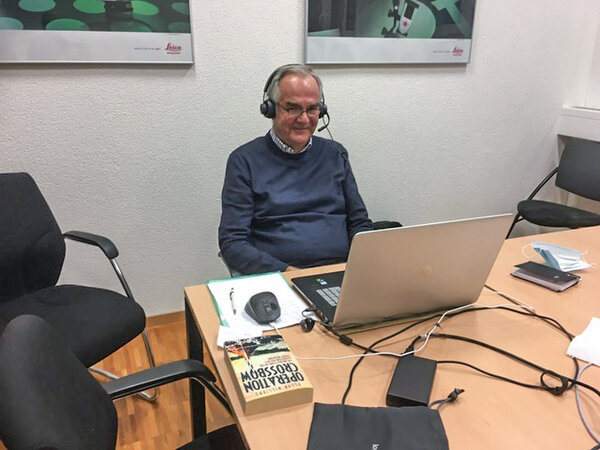
Image 3: Our speaker Sigi Heggli before the broadcast and Q&A session
Probably in wise foresight - or one could also say "fortunately" - we had already recorded the presentation at the main rehearsal - actually solely to archive. Thanks to this record, however, it was now relatively easy for us to comply with the new measures. The moderator Eugen Voit also recorded his introduction to the lecture in advance and on his own, so we only had to come up with something for the Q&A session at the end, because this could only take place live (the audience would only ask the questions during the talk).
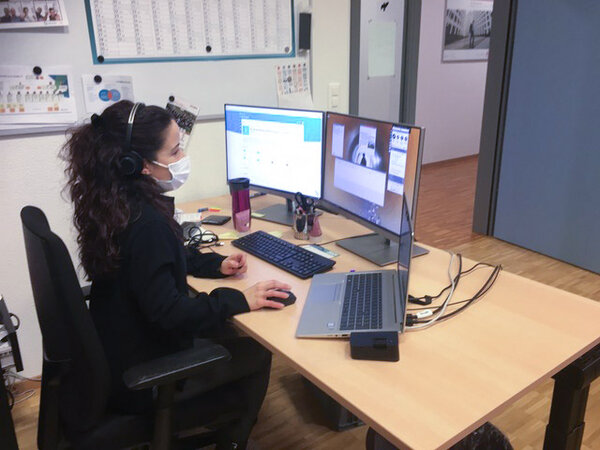
Image 4: Silvia Núñez managed the switchboard with GoToWebinar
Now Silvia was challenged - this was the first live stream for her as well. Her task was to organise and operate "GoToWebinar". This is the software tool where viewers can register and log in to. We decided to place the moderator, Eugen, in the same office with Silvia, and Sigi in a separate room next to it to answer the questions without using a mask.
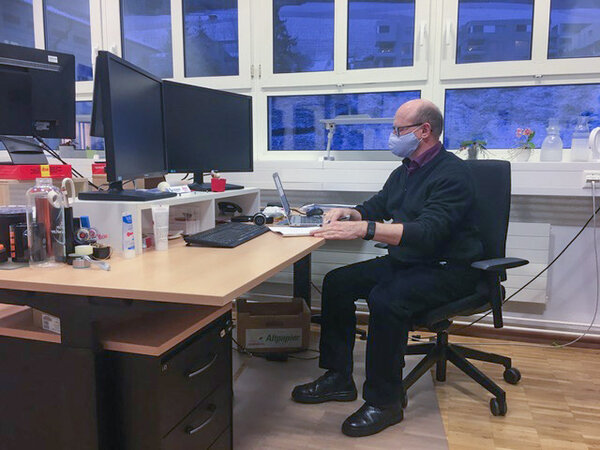
Image 5: Our moderator Eugen Voit, collecting incoming questions from the audience
After the talk had been broadcast, Sigi was switched directly to the live stream via his laptop camera at Silvia's request, and the moderator Eugen was added with sound so that he could ask Sigi questions in the room next door. This also had to be rehearsed first with all those involved until it worked.
We are happy to say that the effort was worth it, and the final broadcast went off without a hitch with over 70 participants.
Many organisers and artists had to quickly switch to new media and possibilities during the Corona crisis - so we were indeed not the first with this idea.
For us, it was amazing that technology nowadays allows even non-professionals to produce live streams and publish them on the web. It is doable with good will and perseverance, and I can only encourage everyone to try it for themselves.
The experiment succeeded amazingly well, yet the applause was missing and the personal encounter and the opportunity for lively discussions afterward.
In any case, we can eagerly await the other presentations, all of which will have a closer or broader connection to the past, present, and future of our company Wild Heerbrugg/Leica Geosystems.
Further events will be announced in our agenda: www.200swissgeo.ch/en/agenda.
